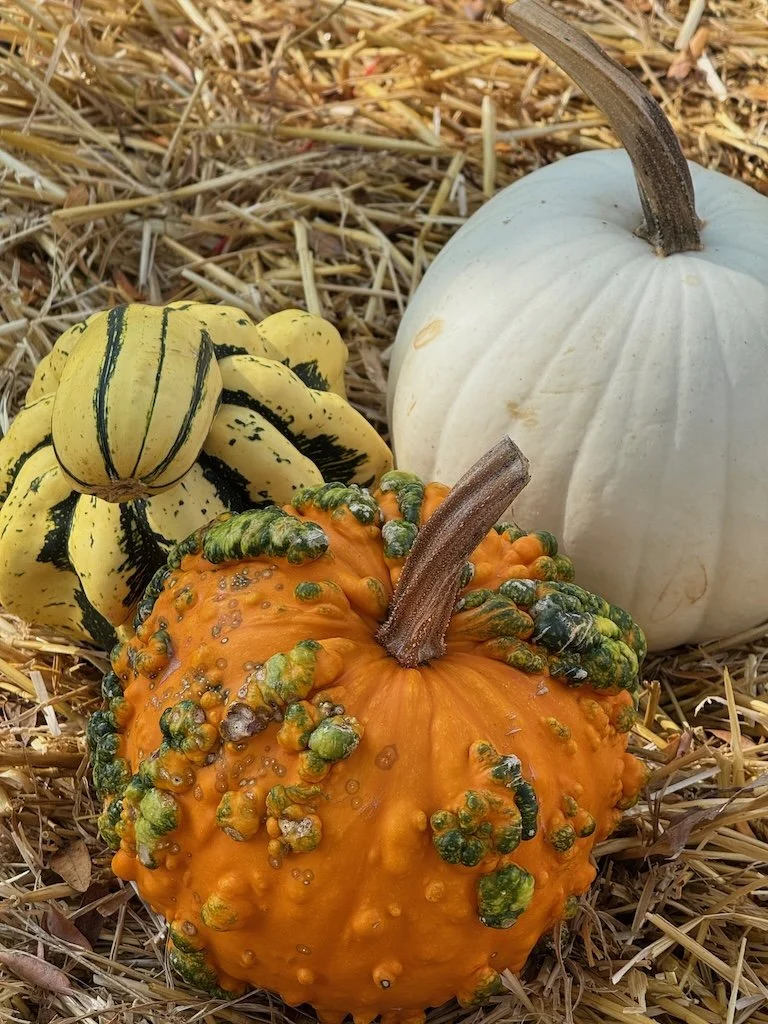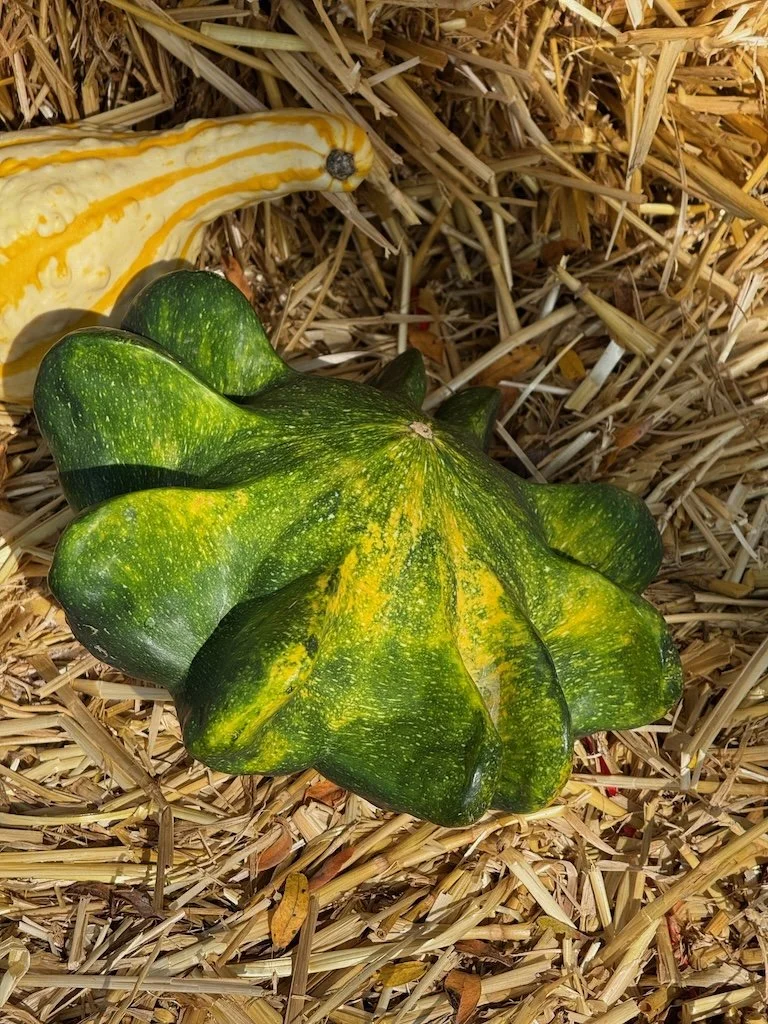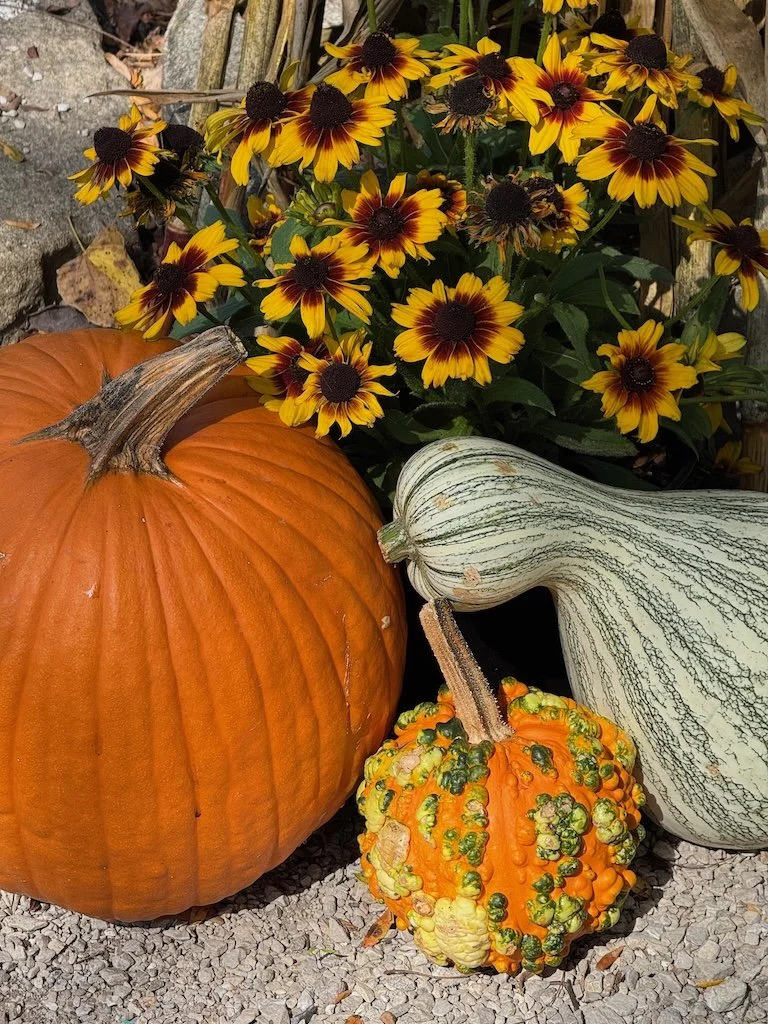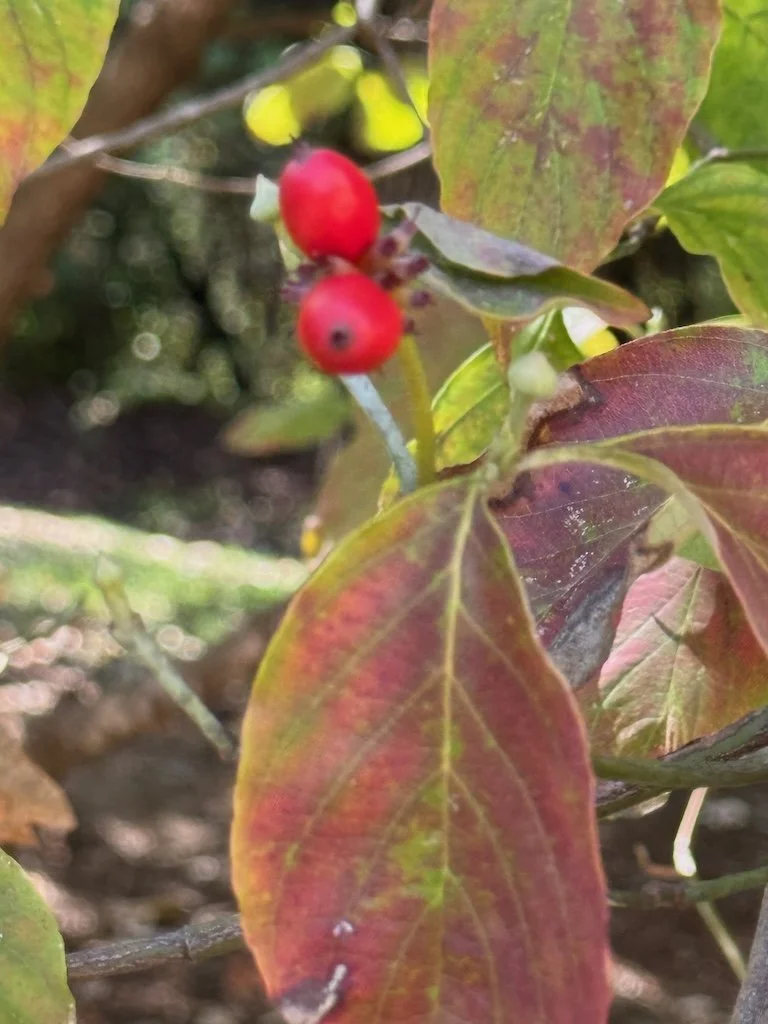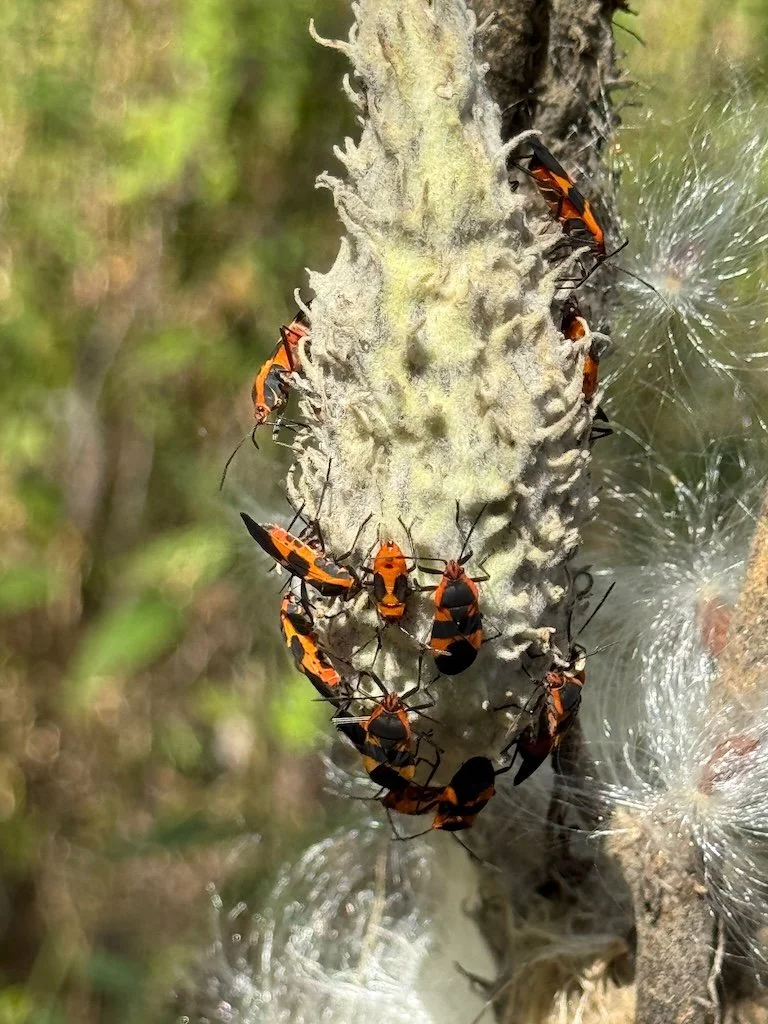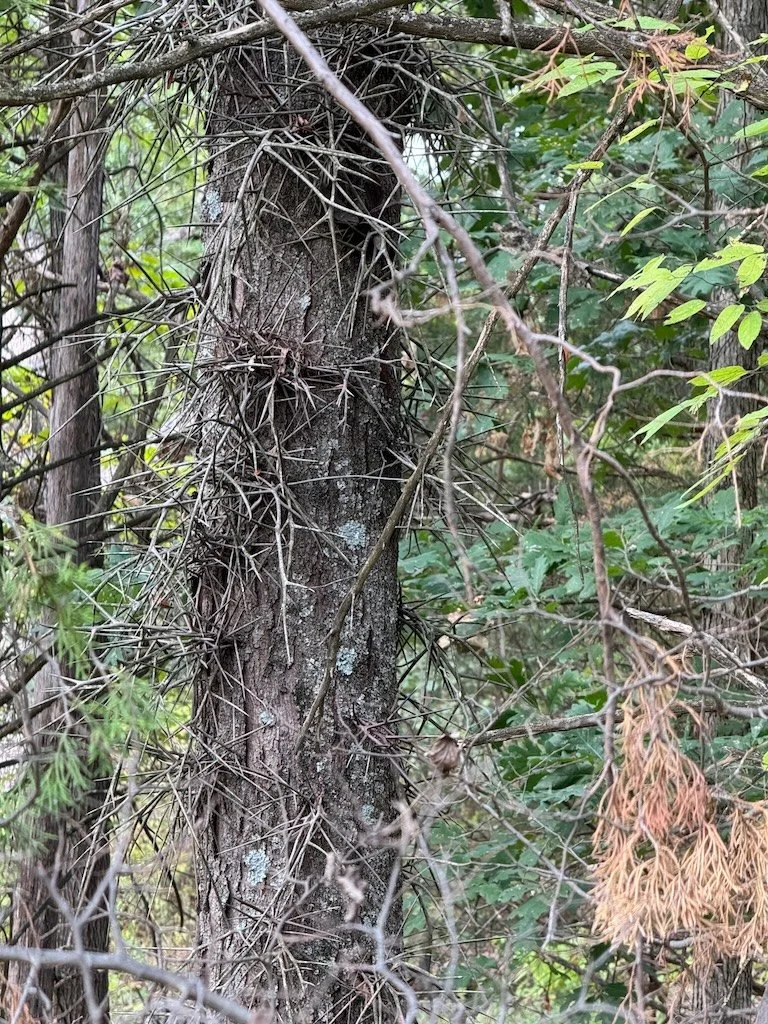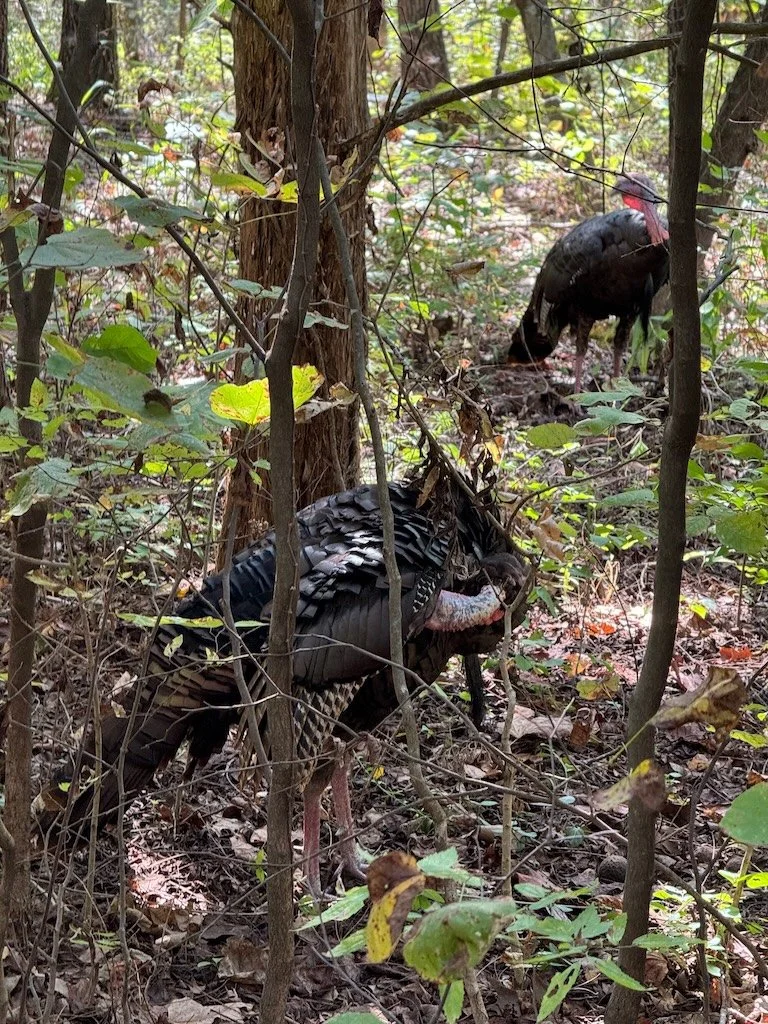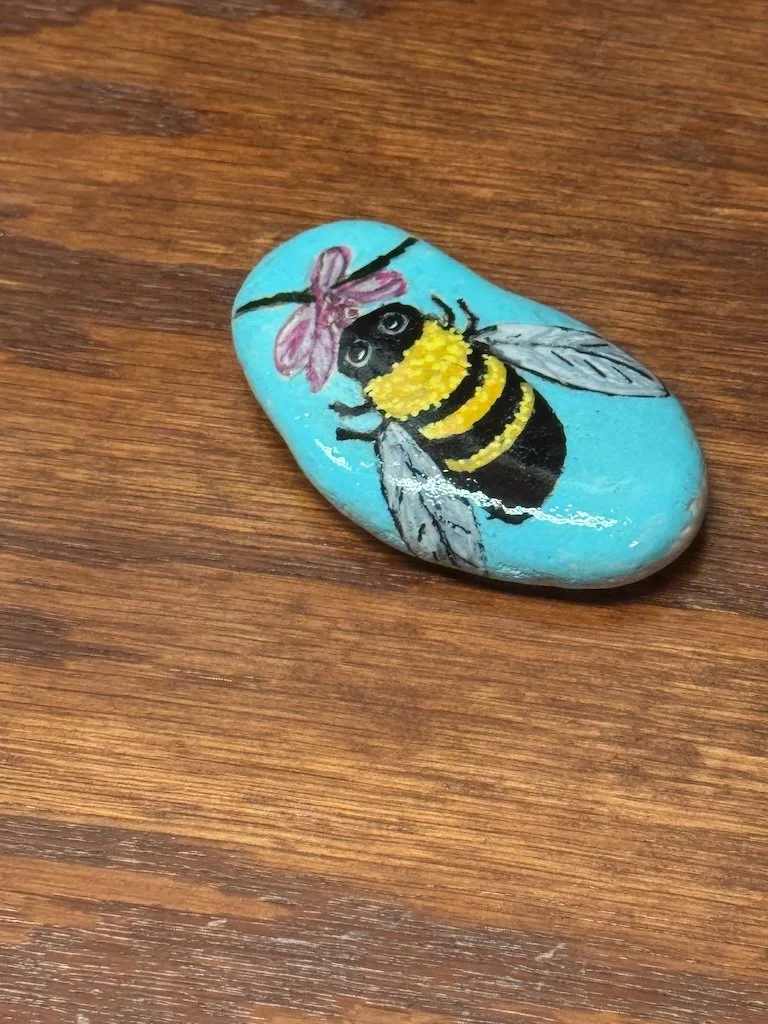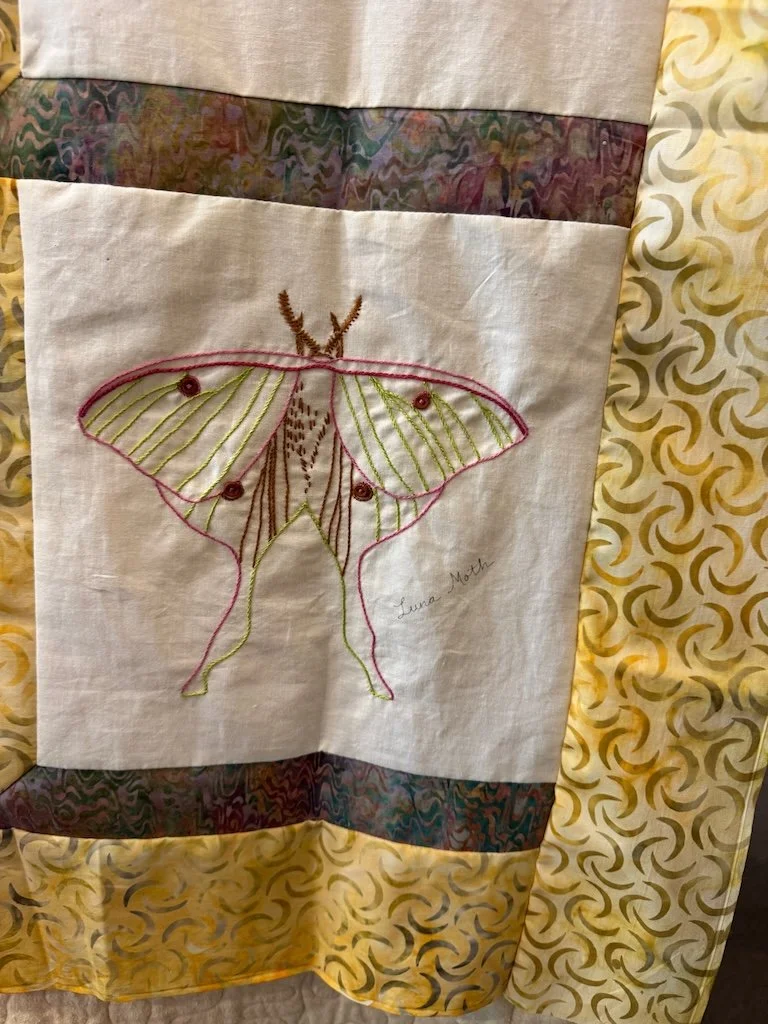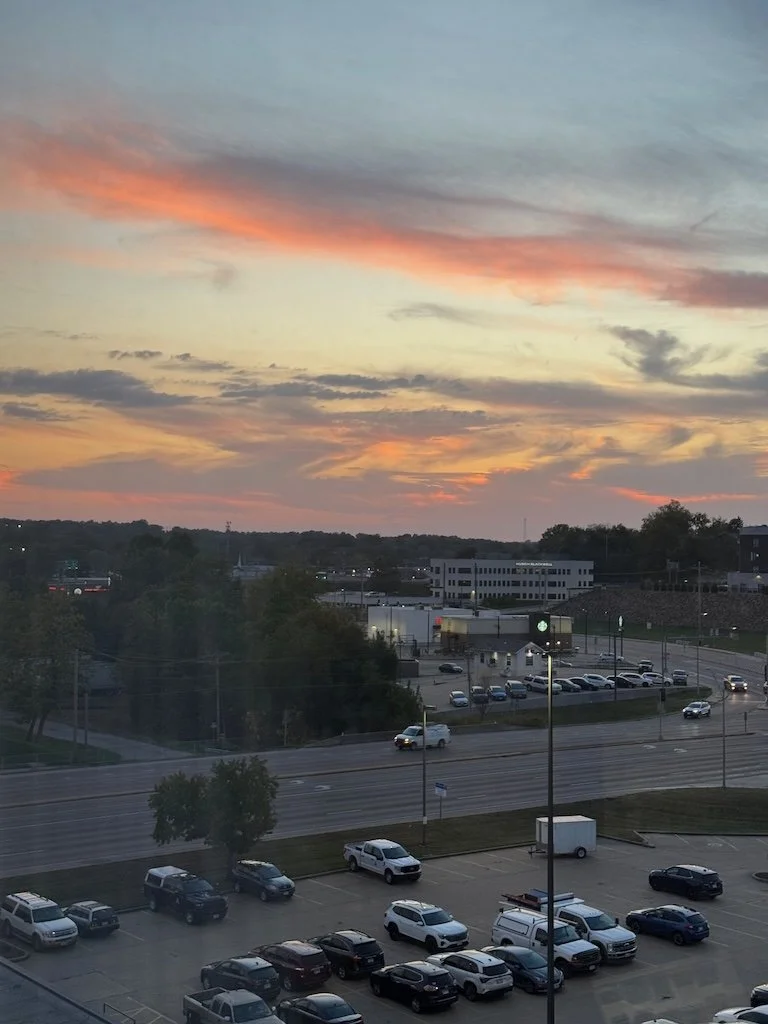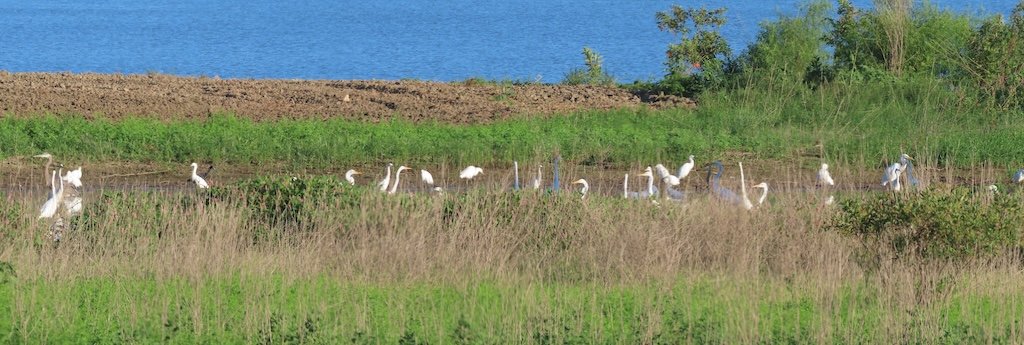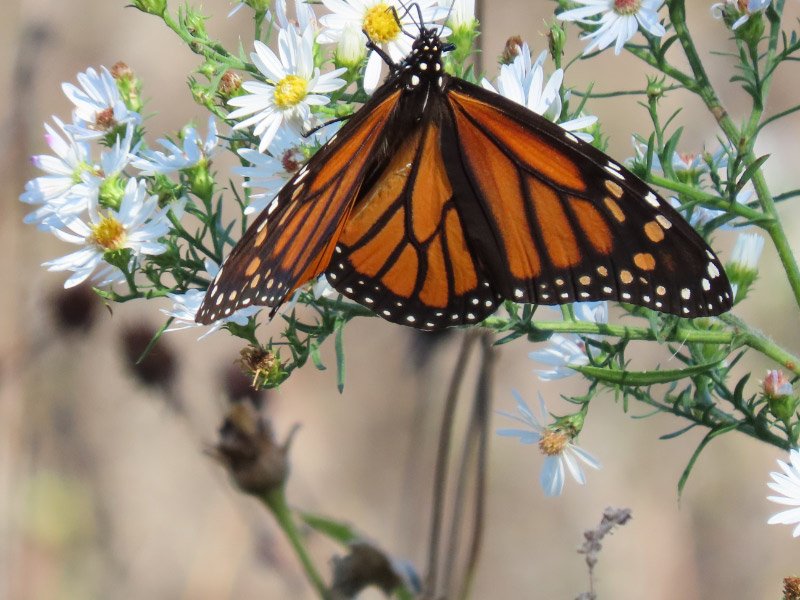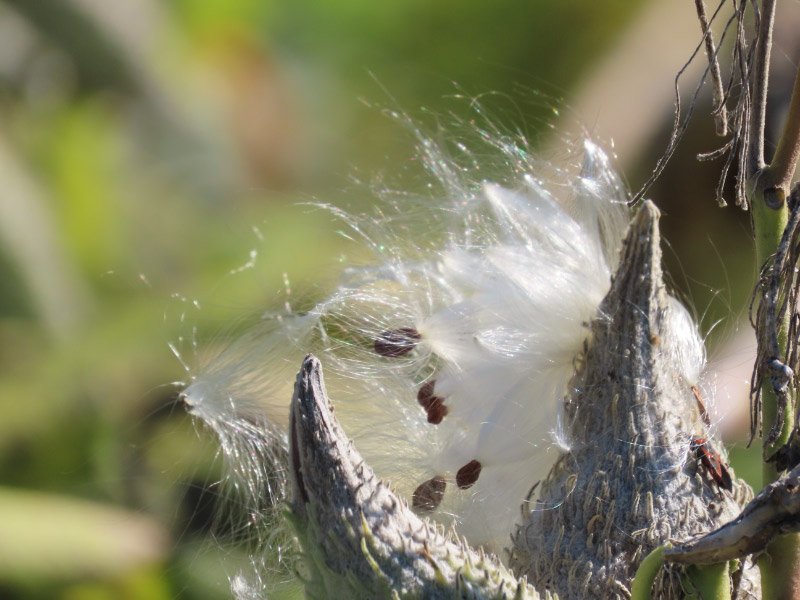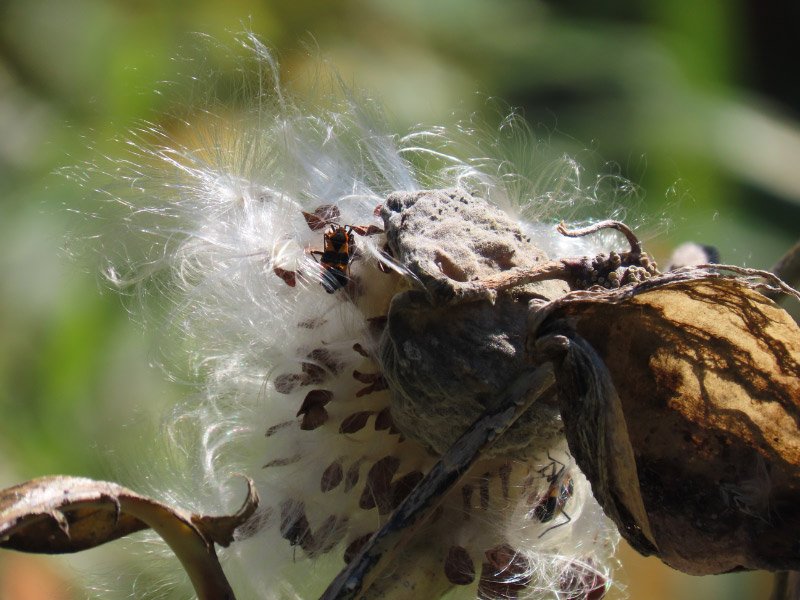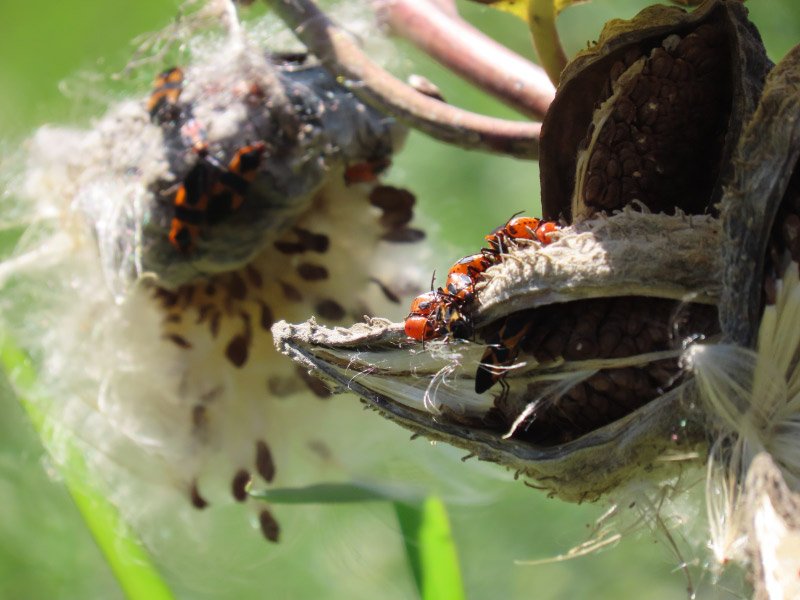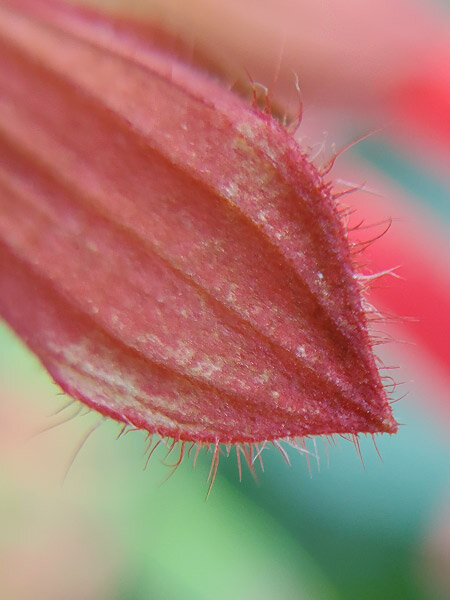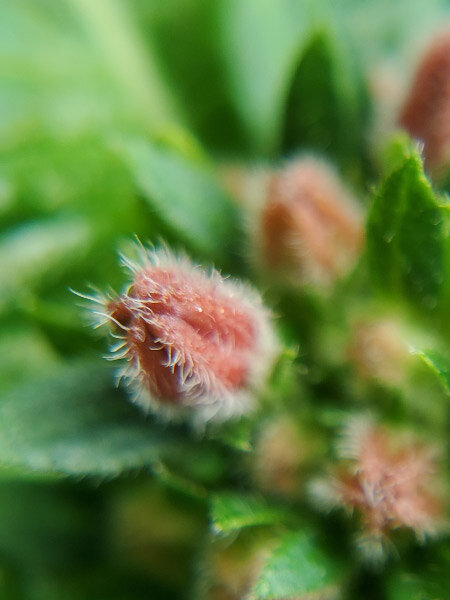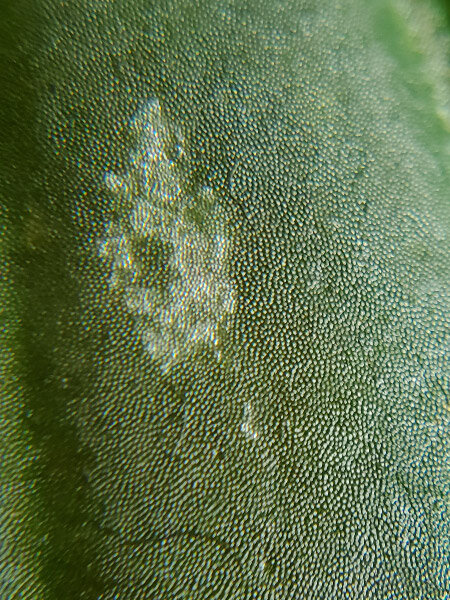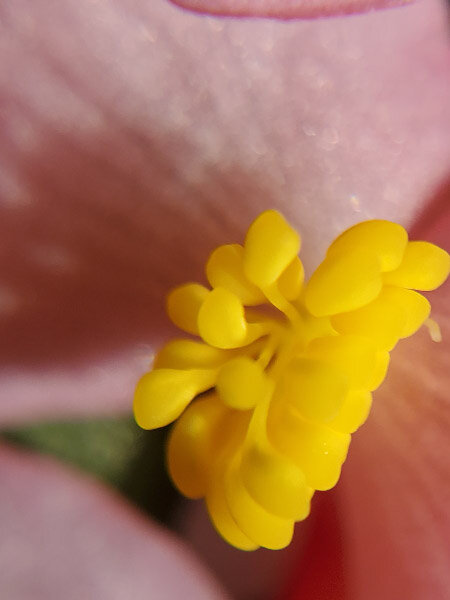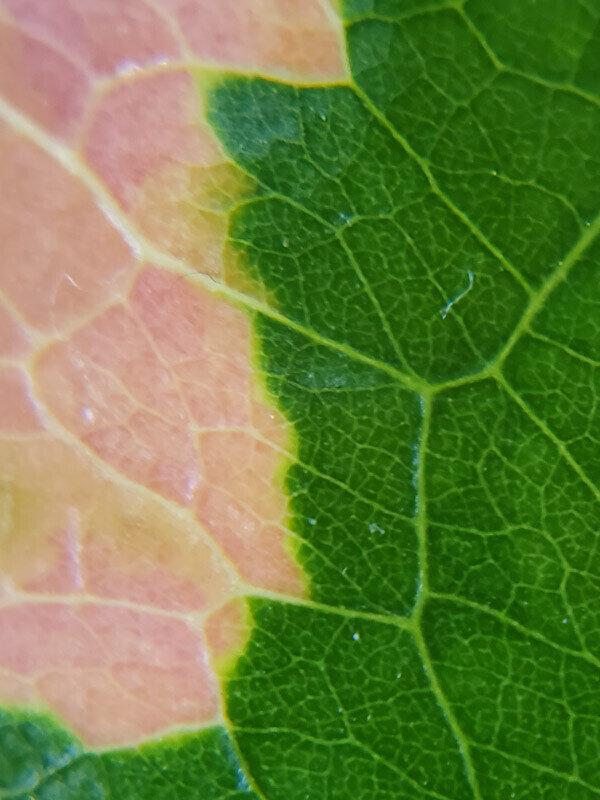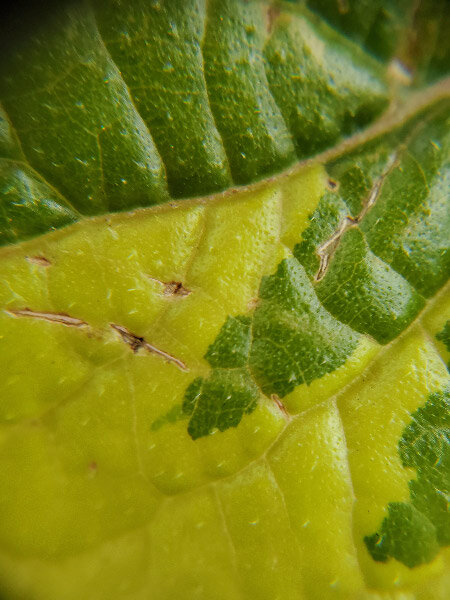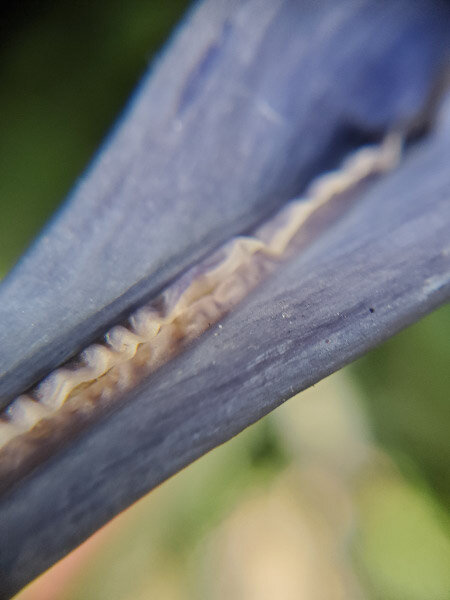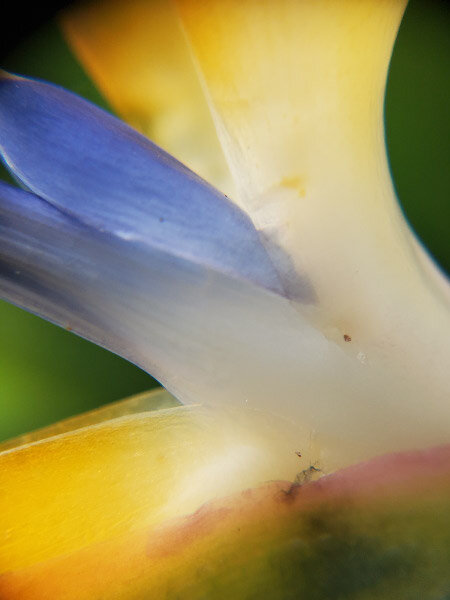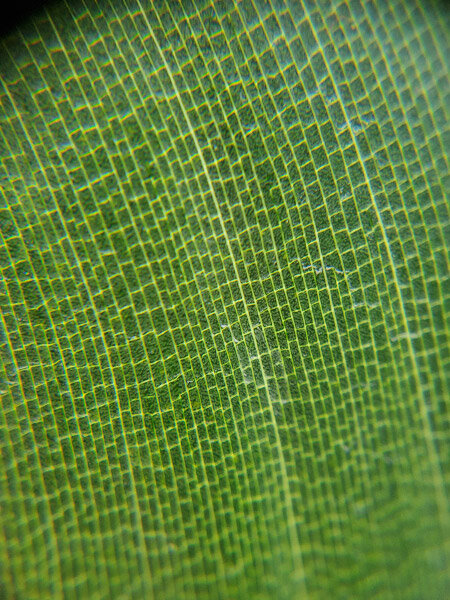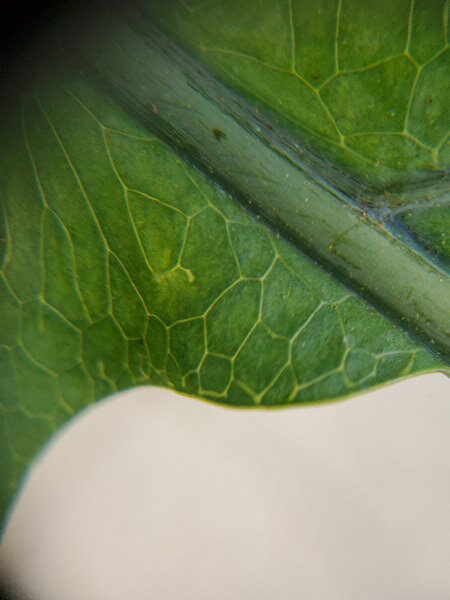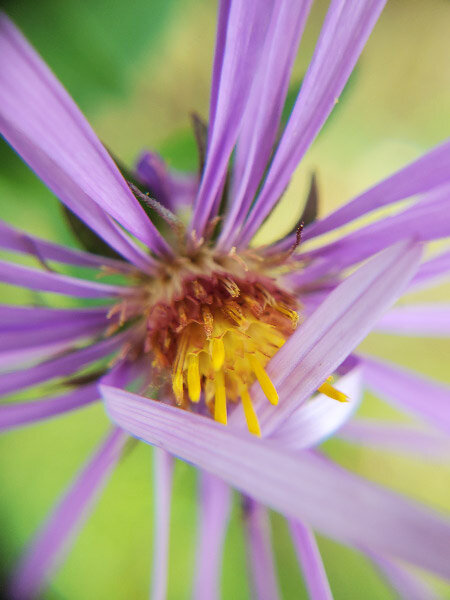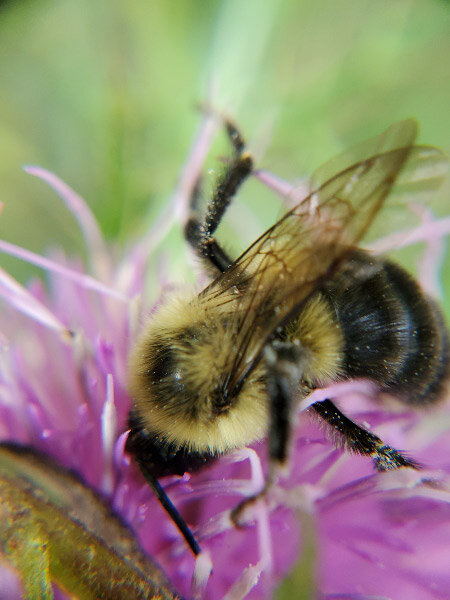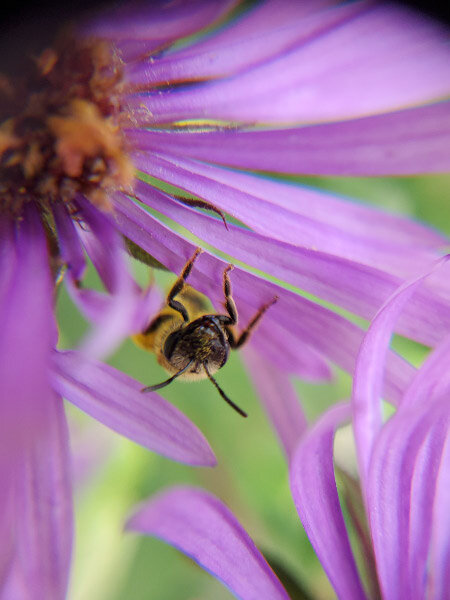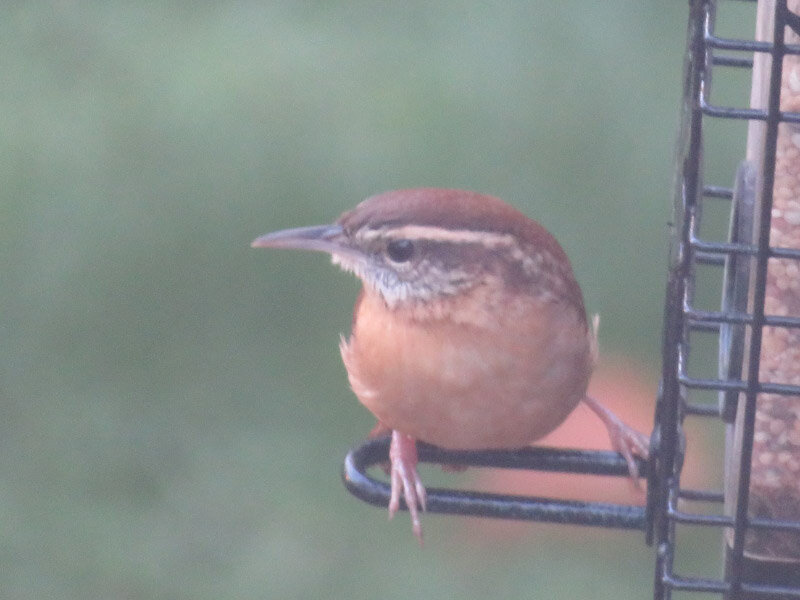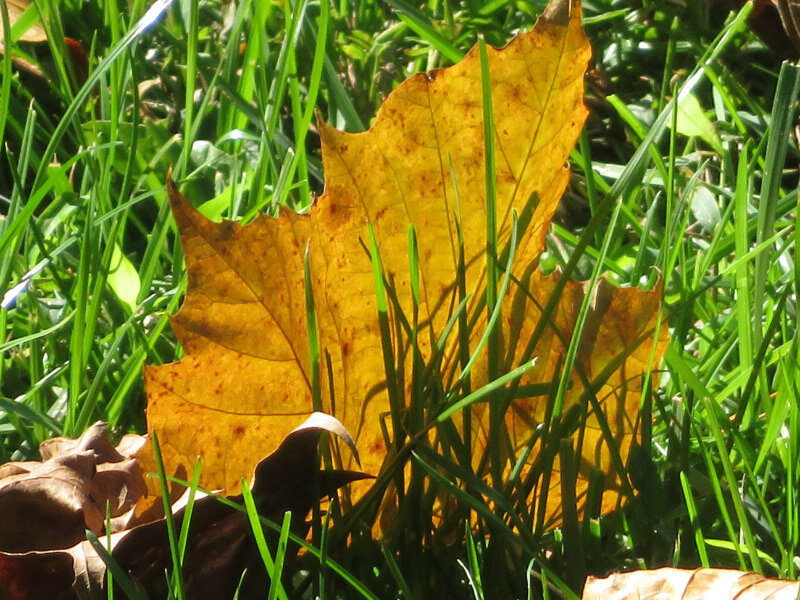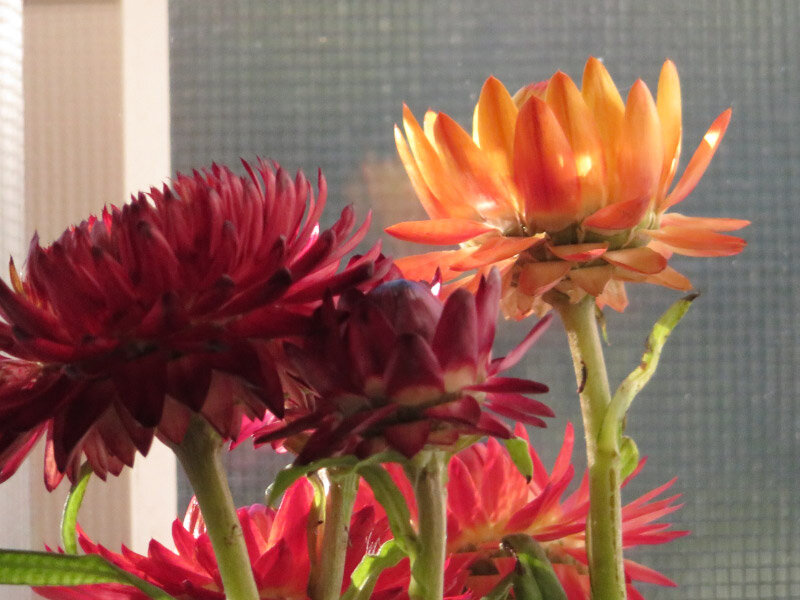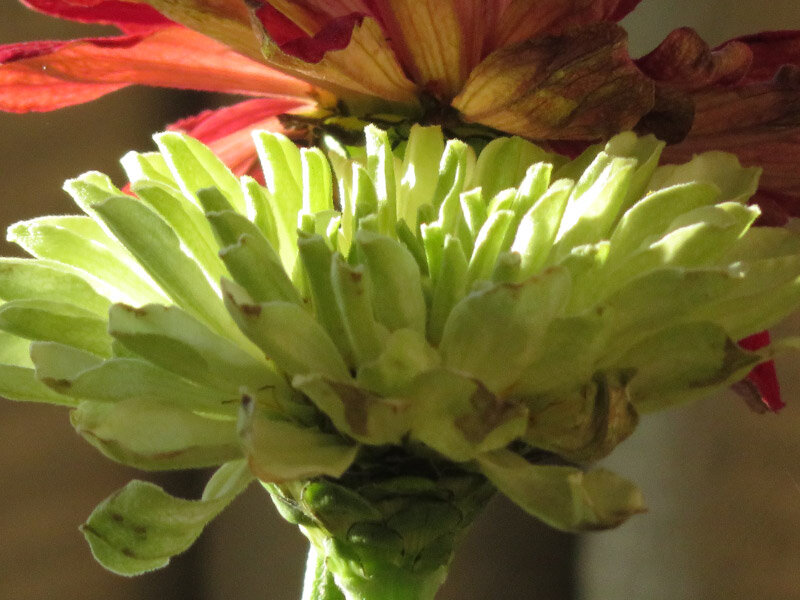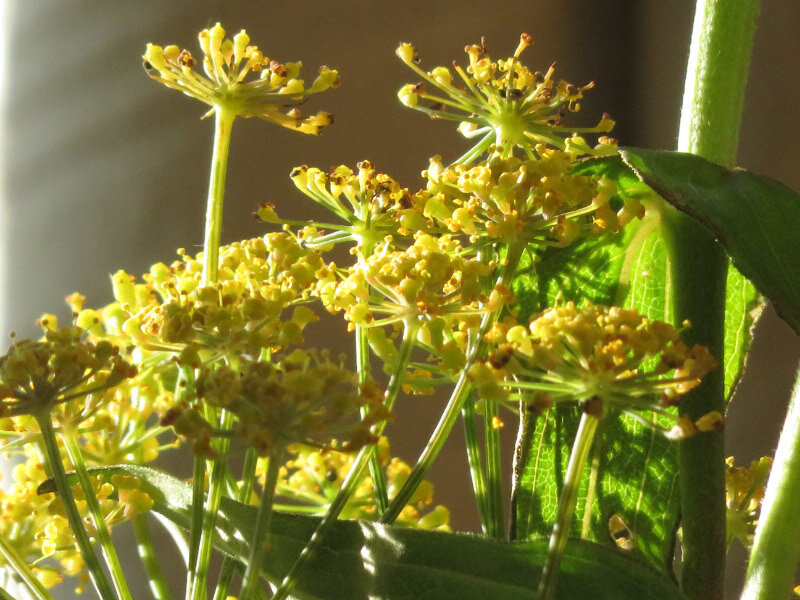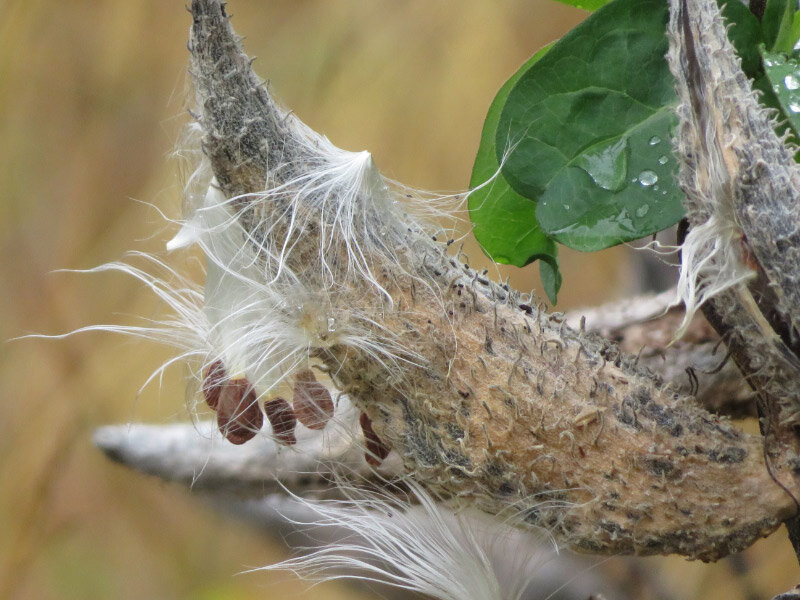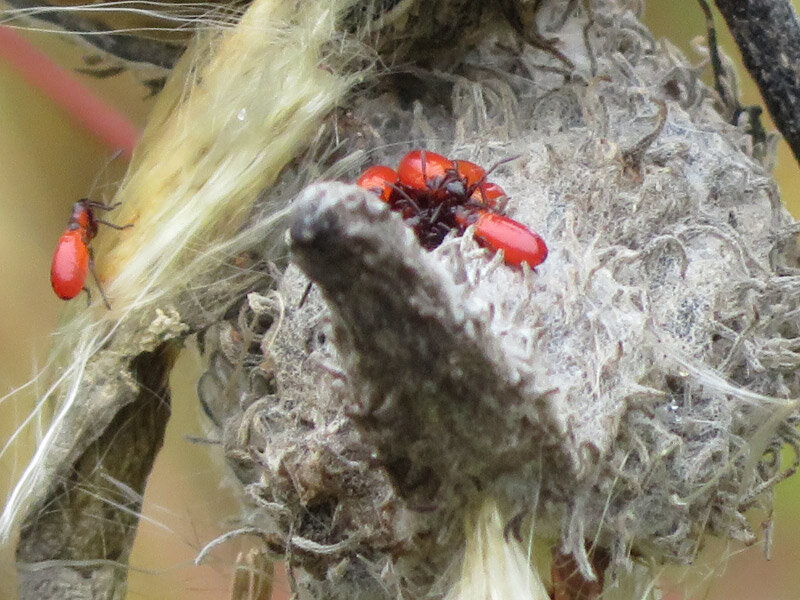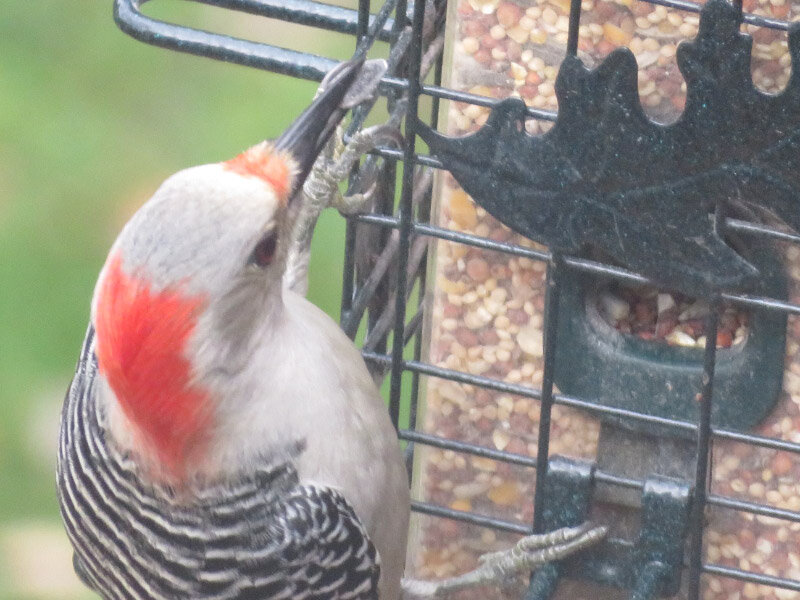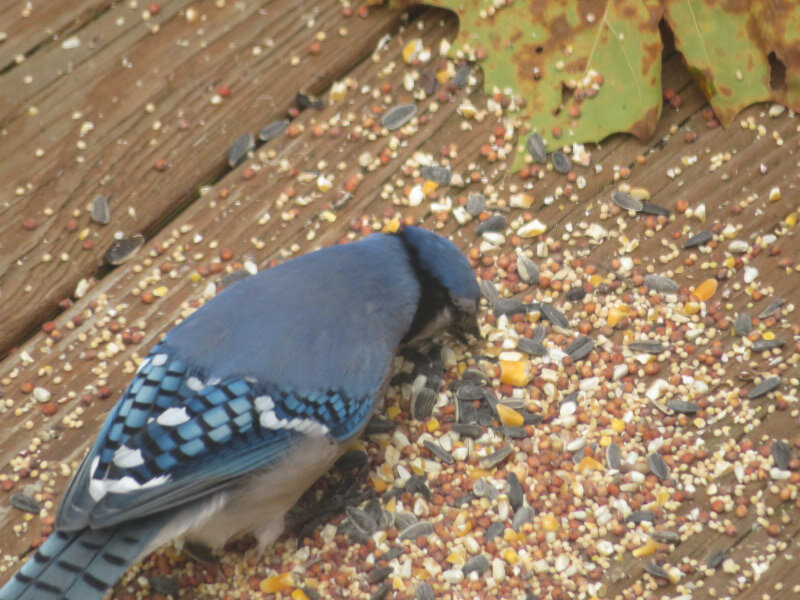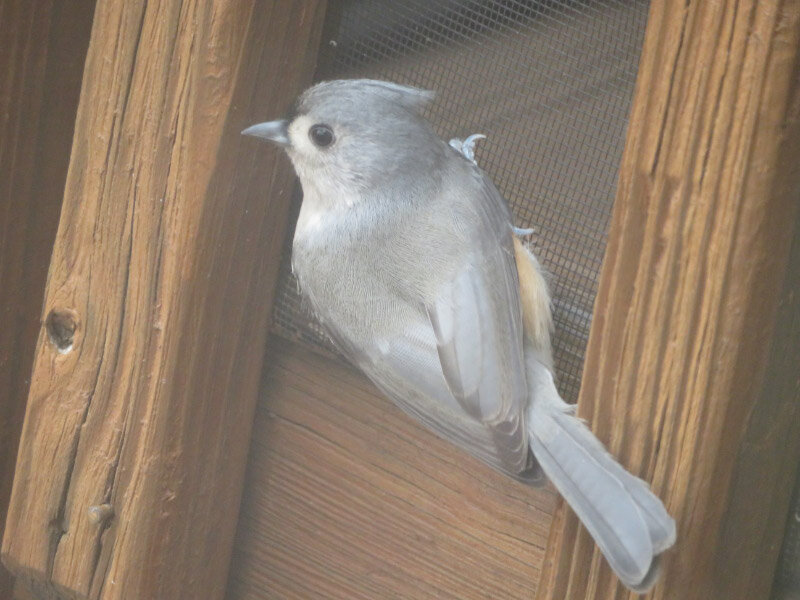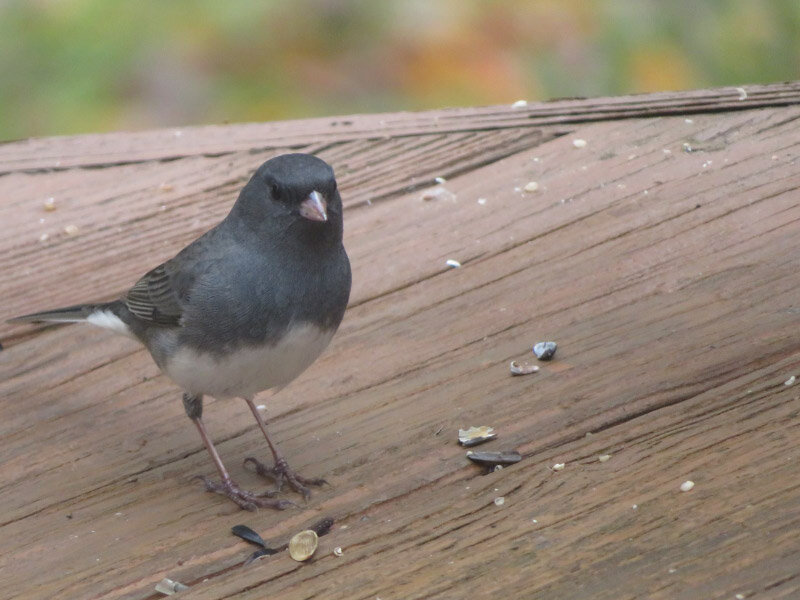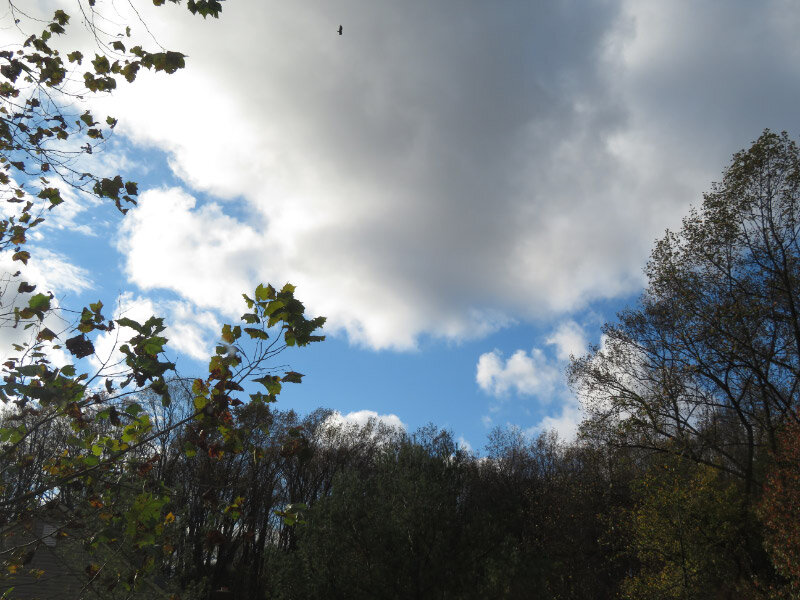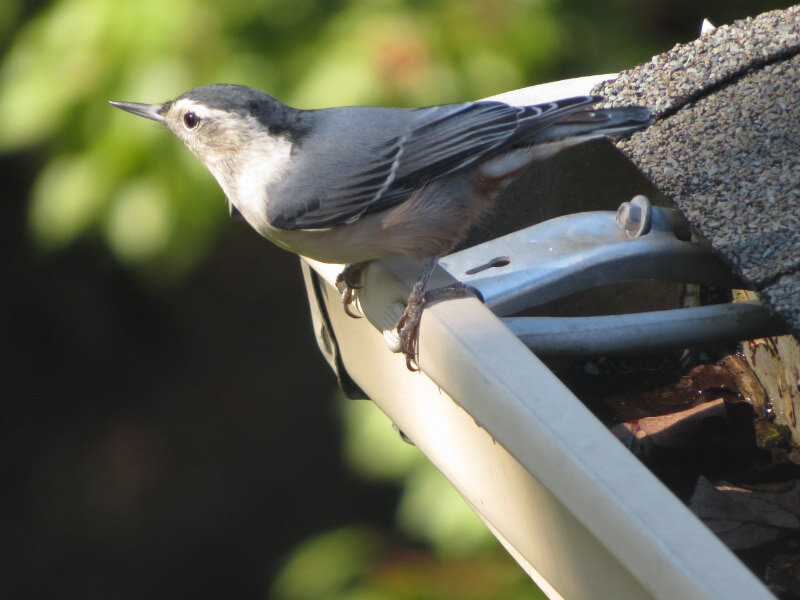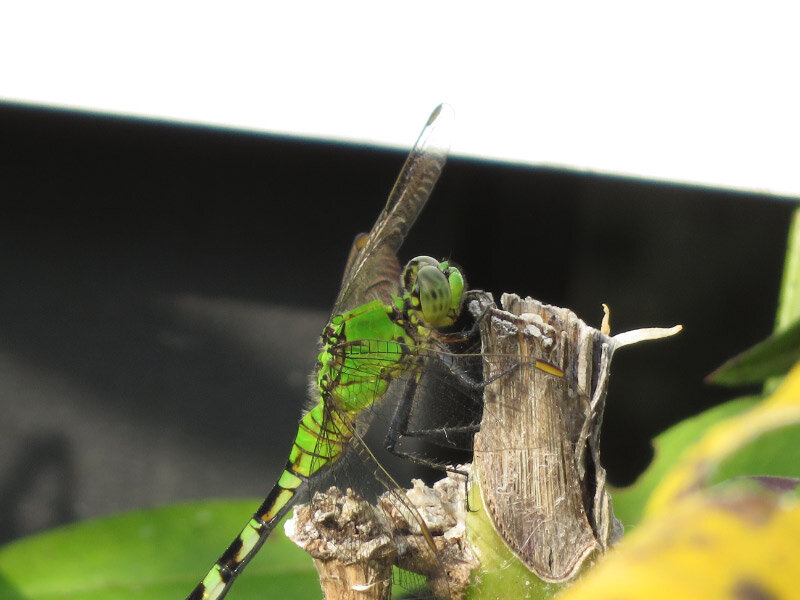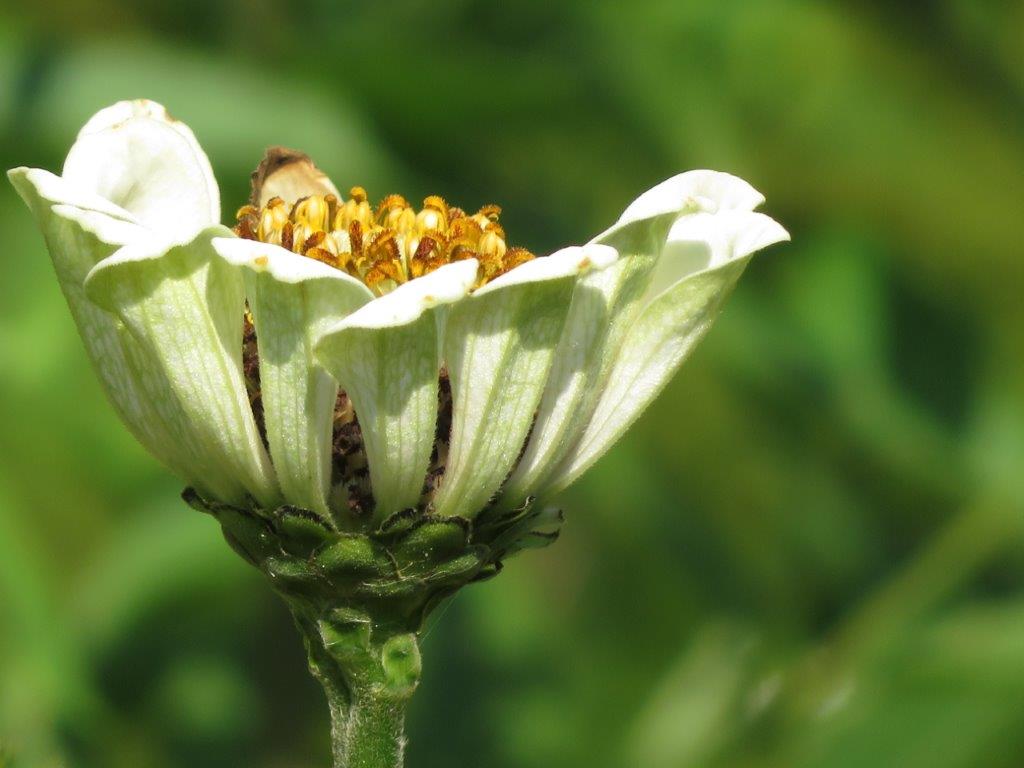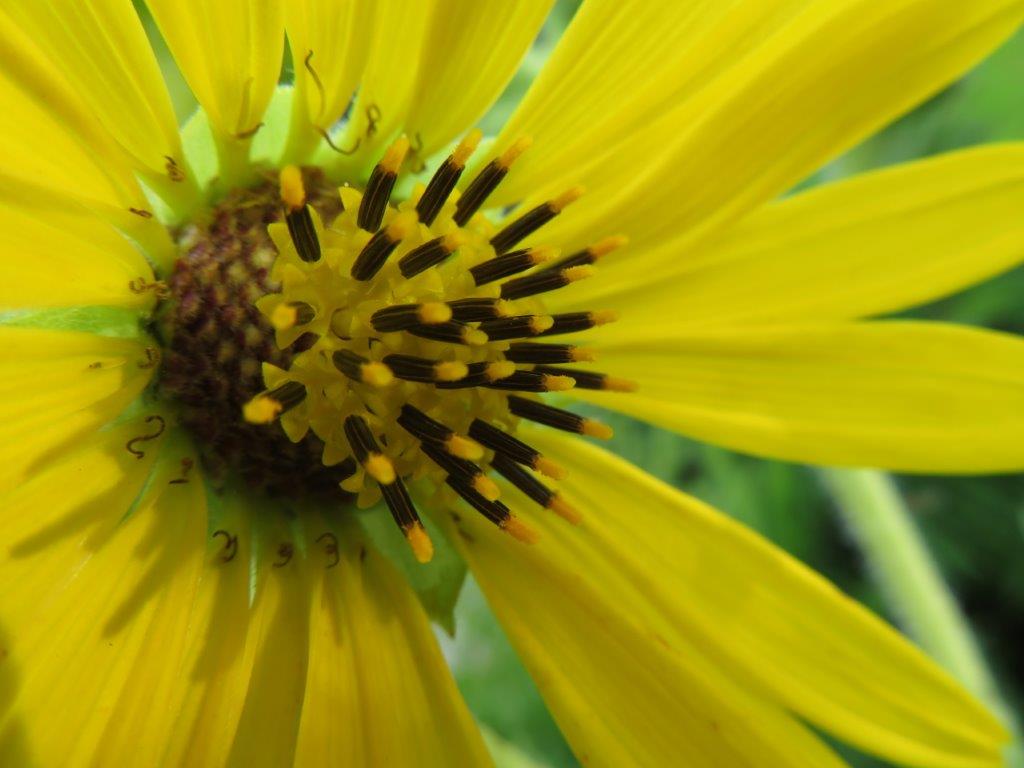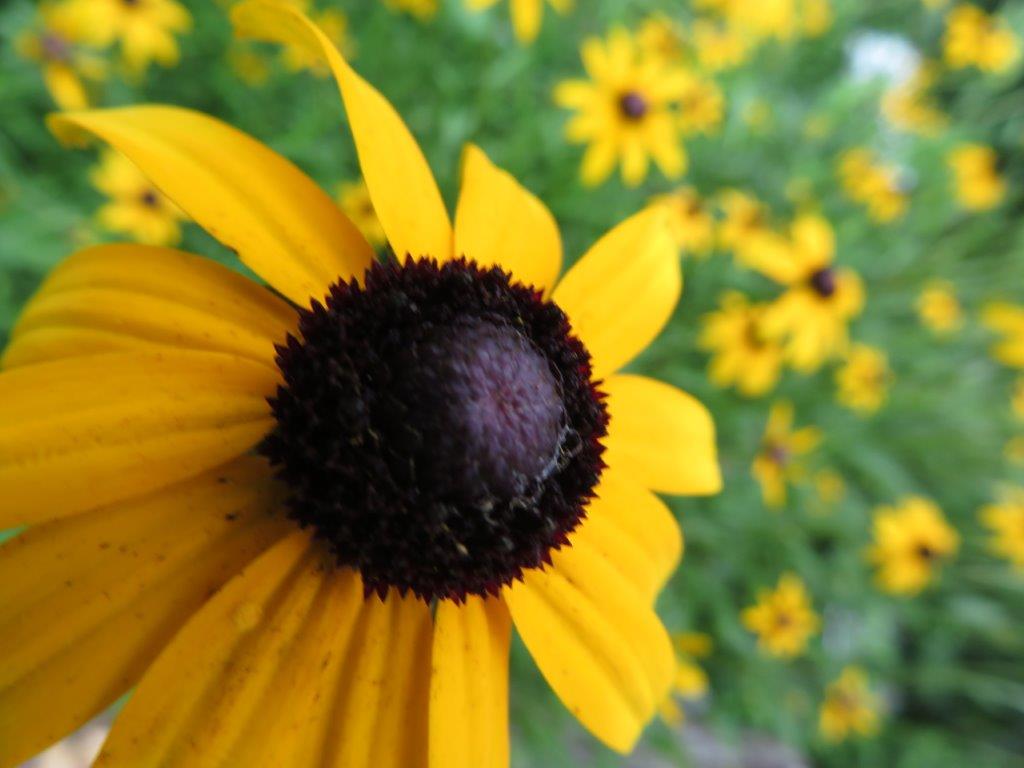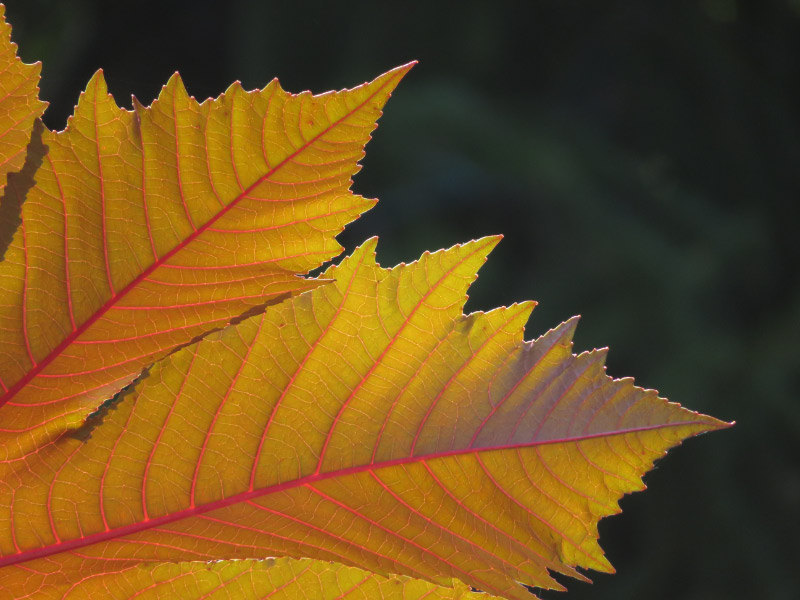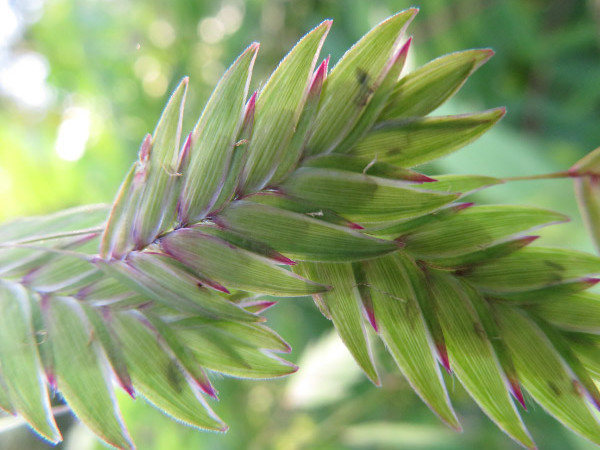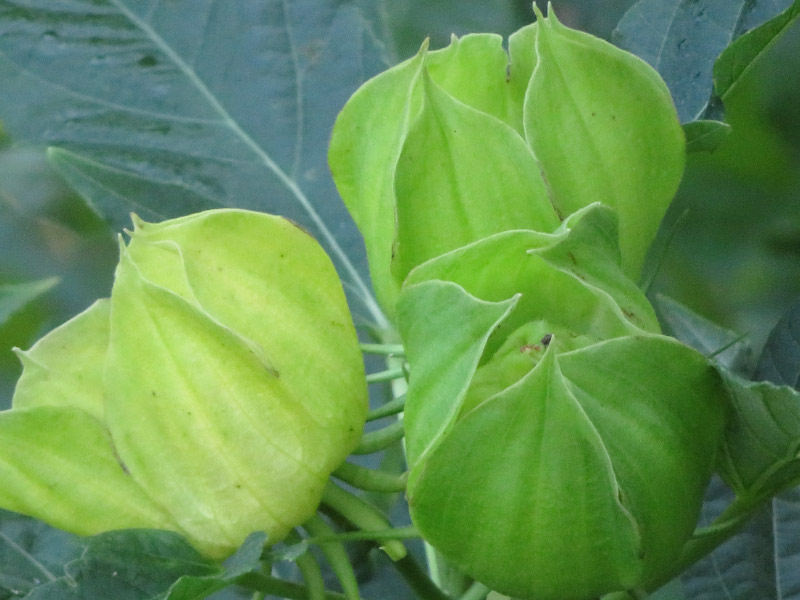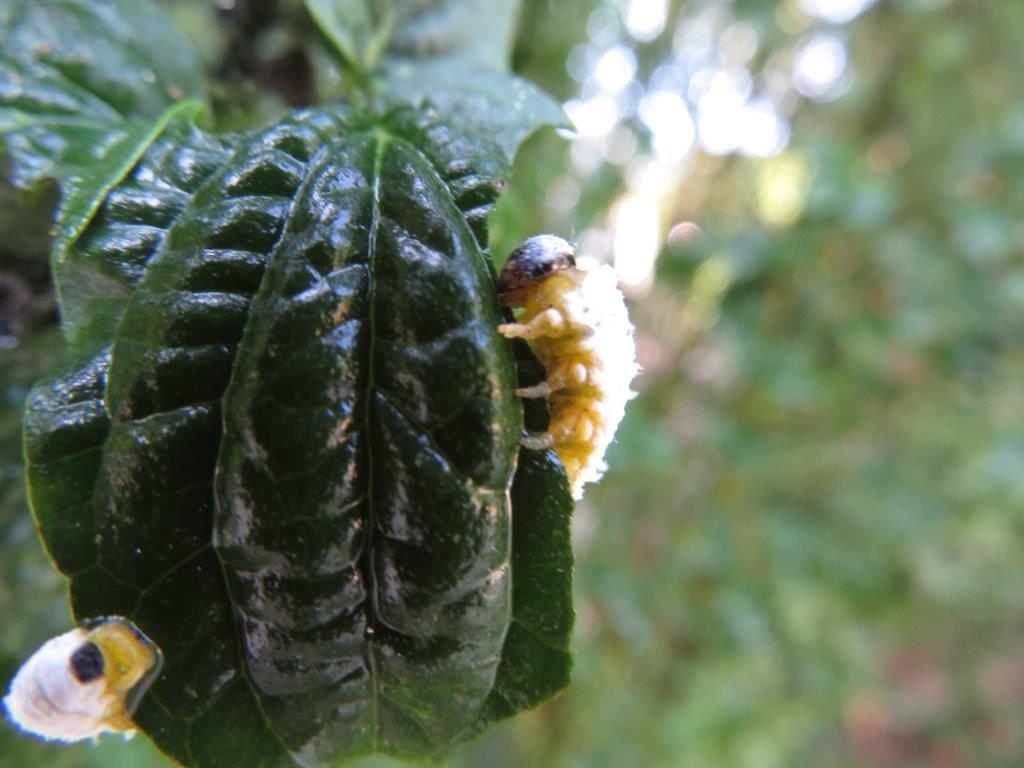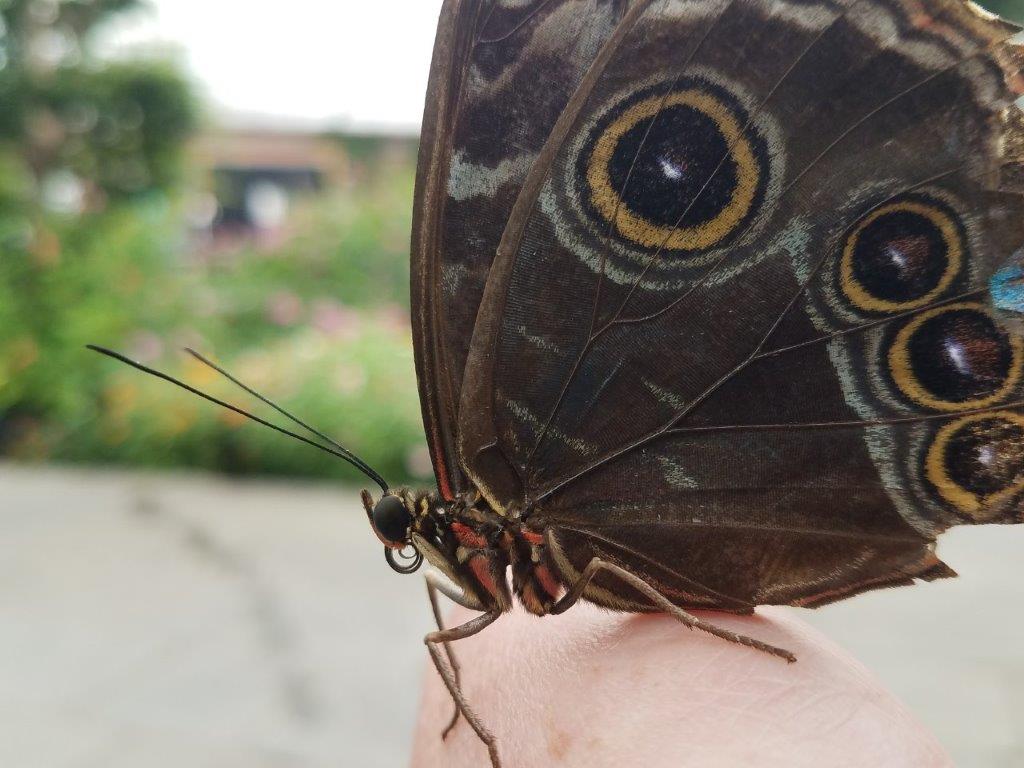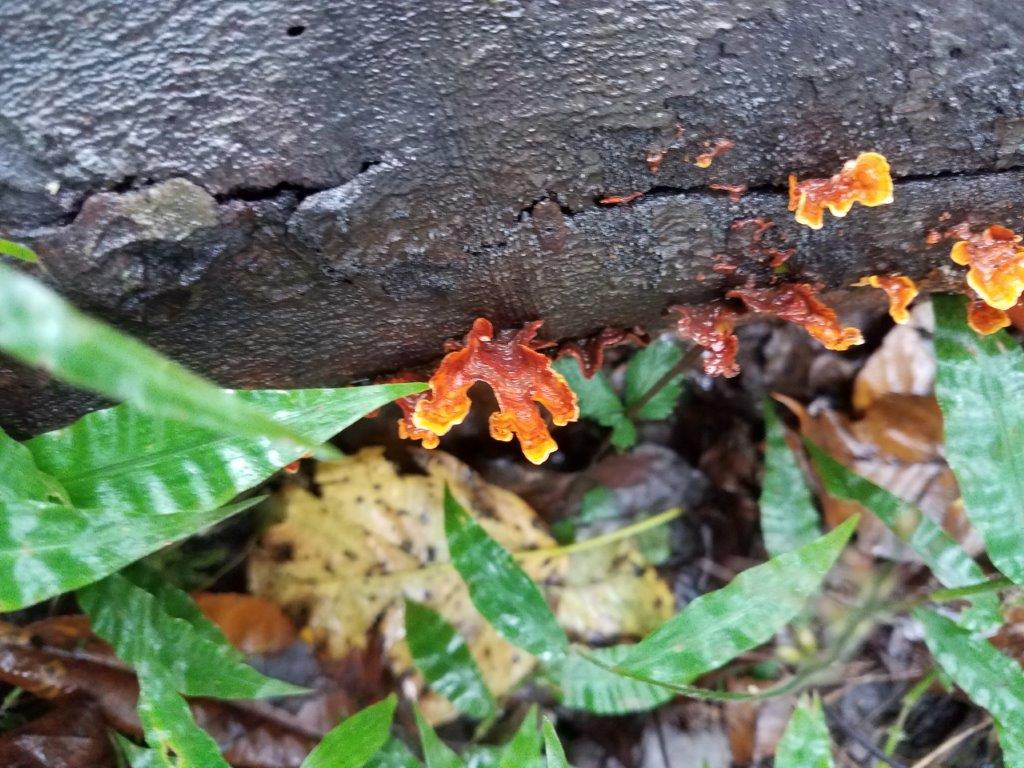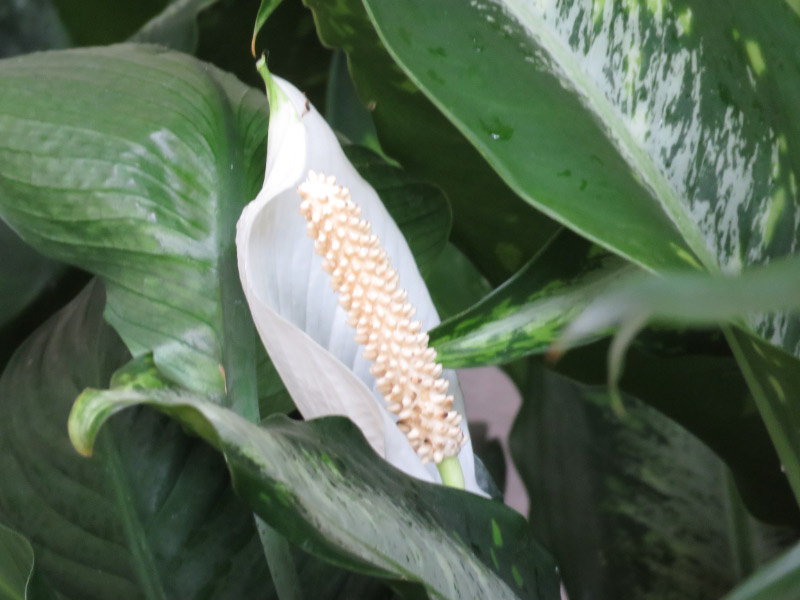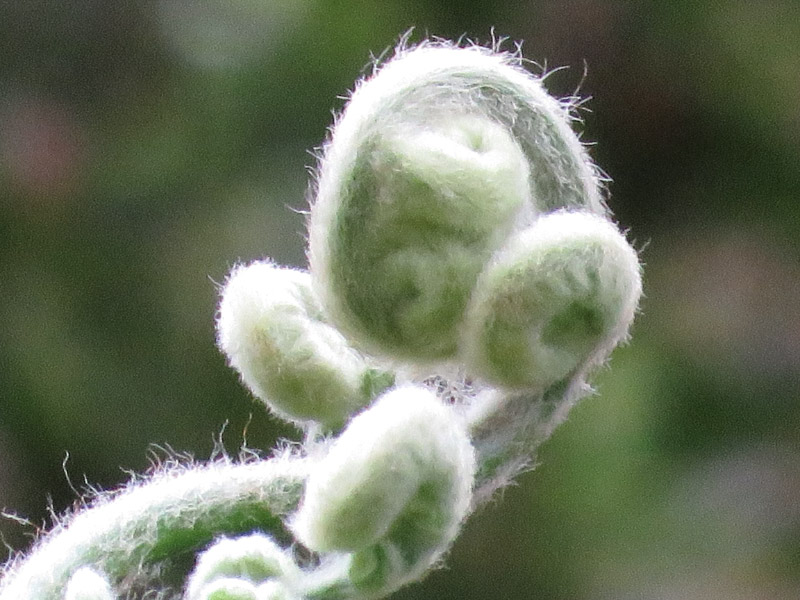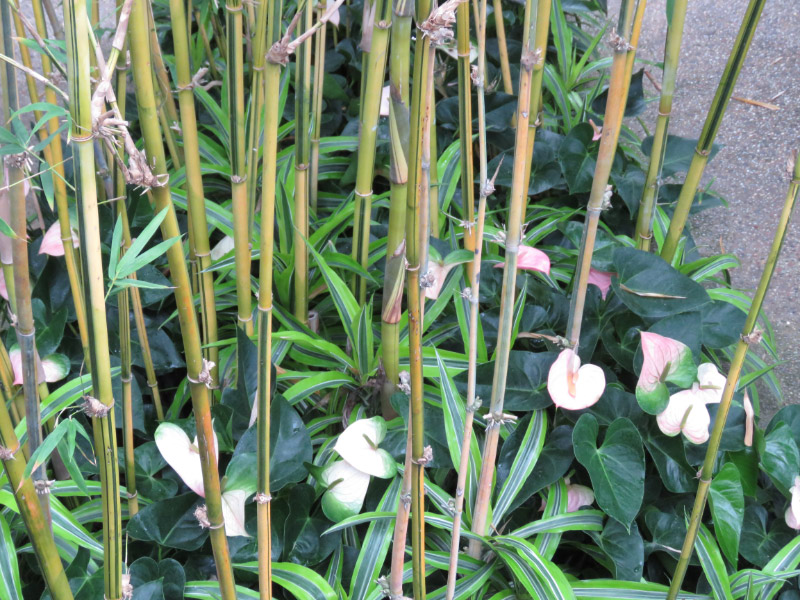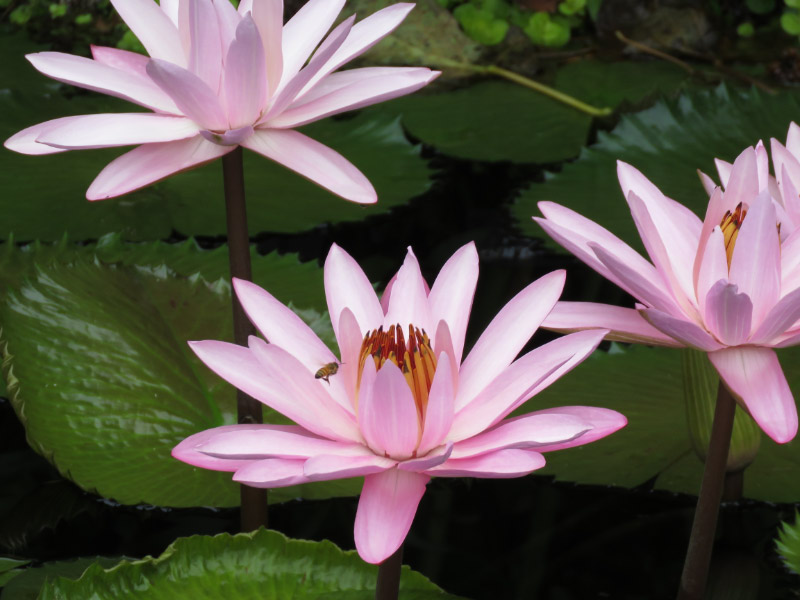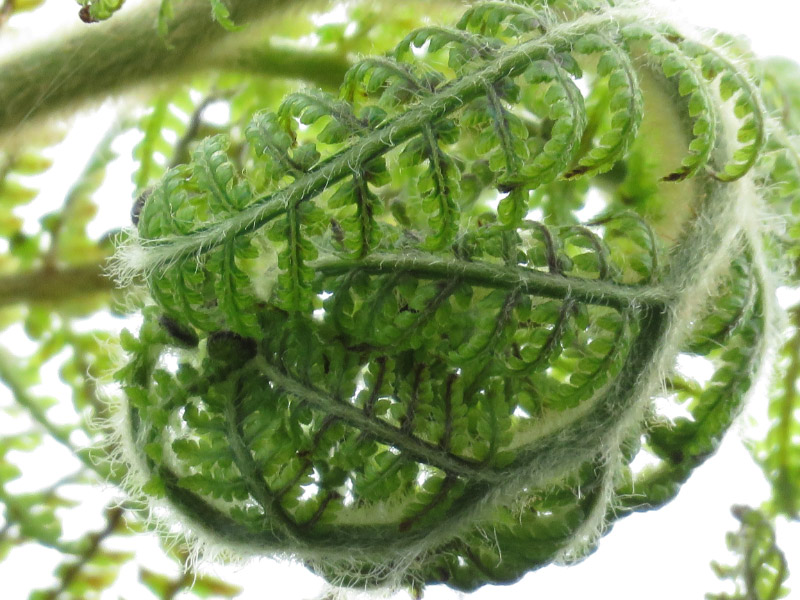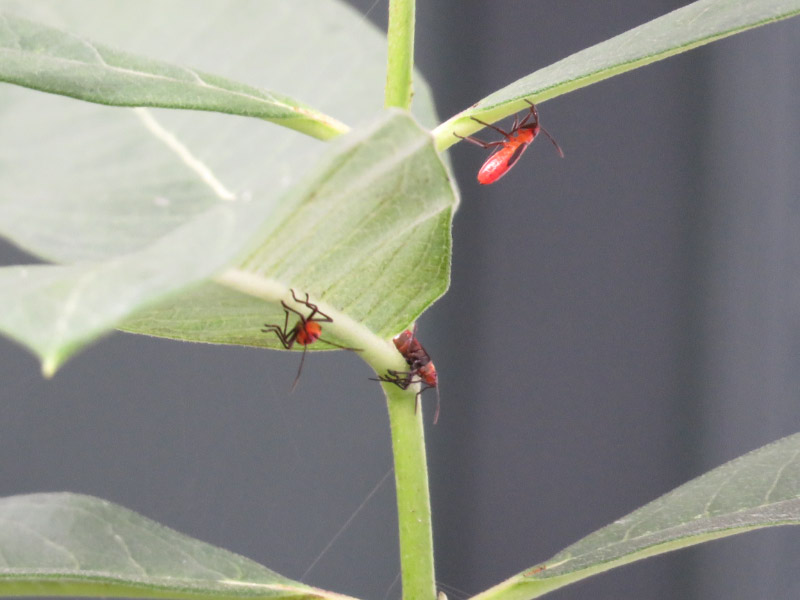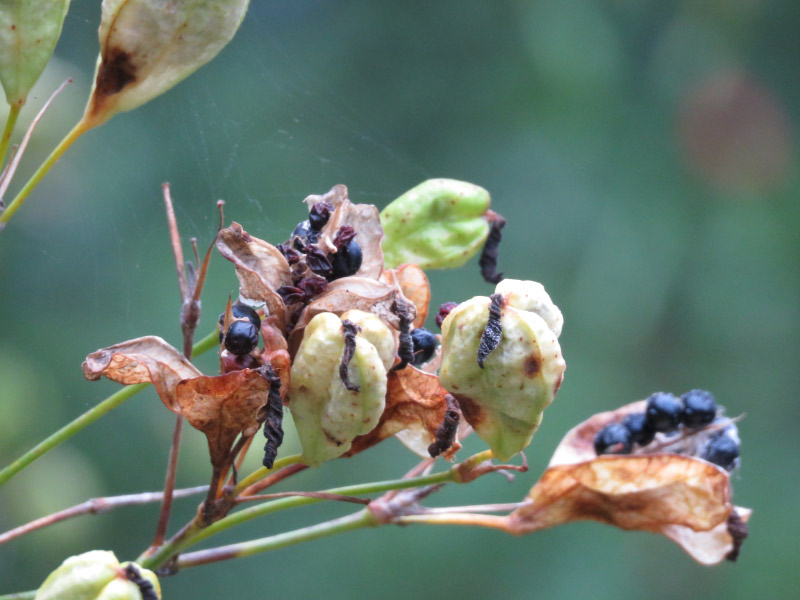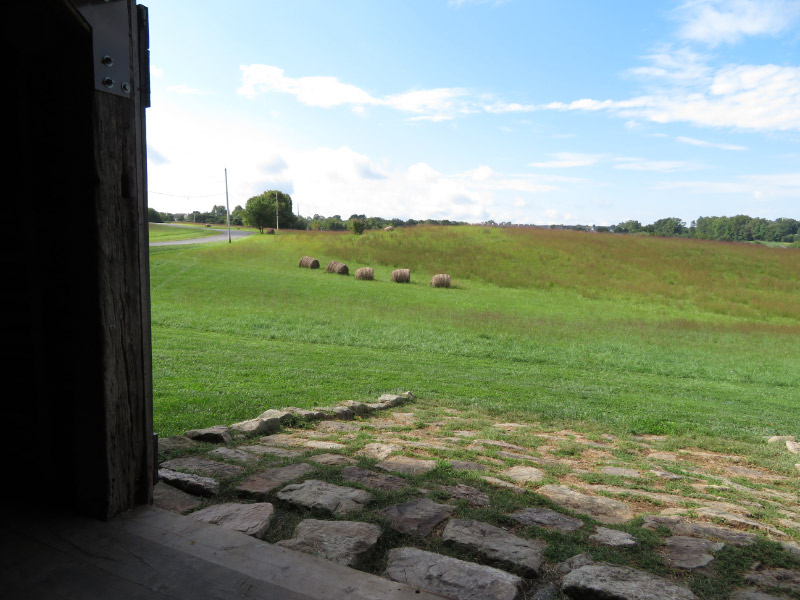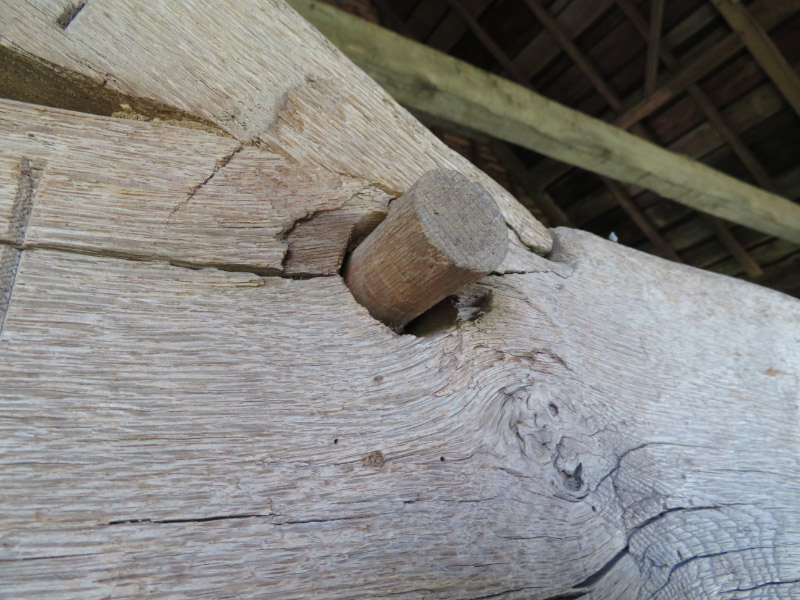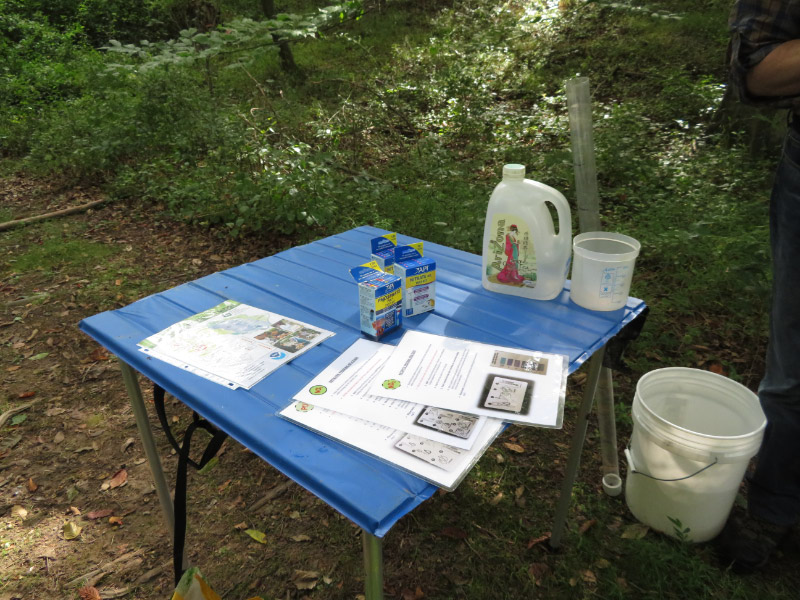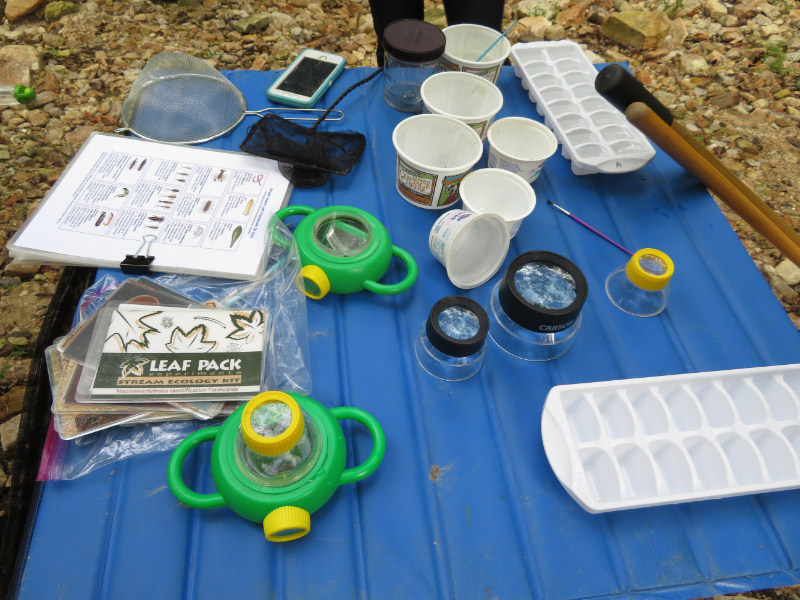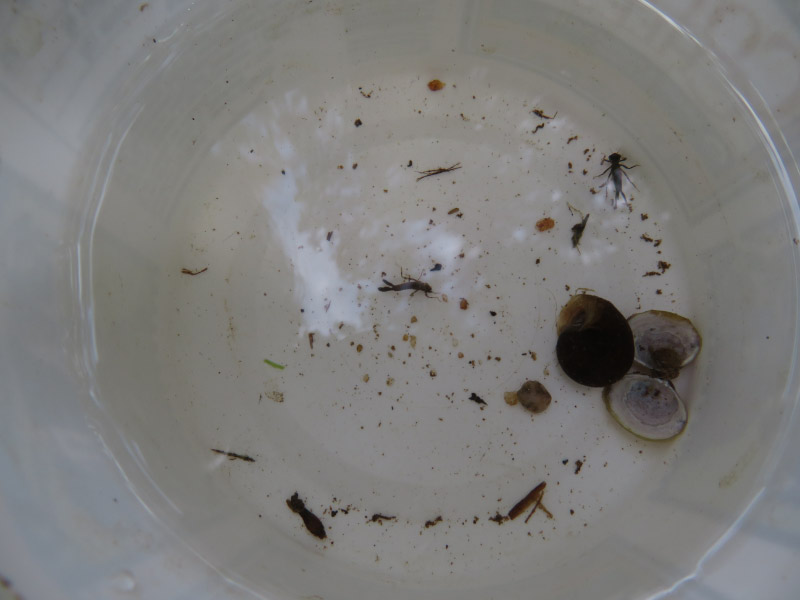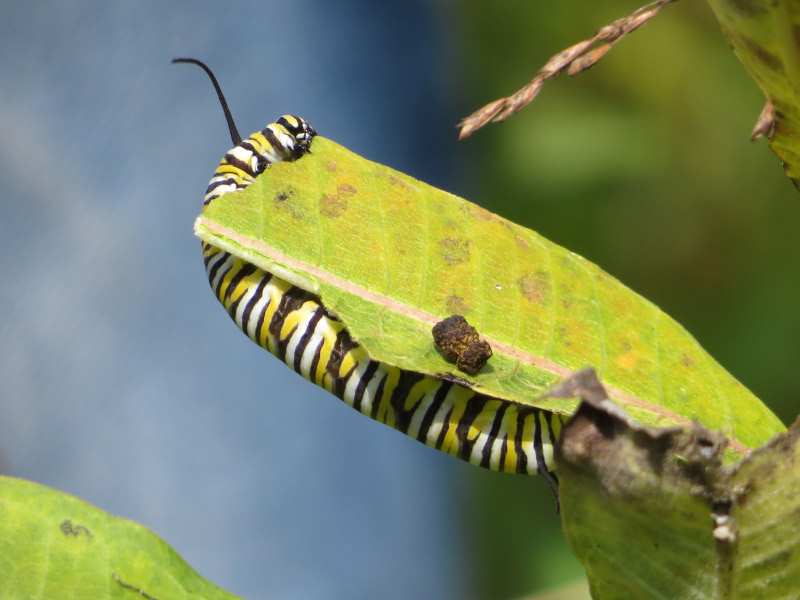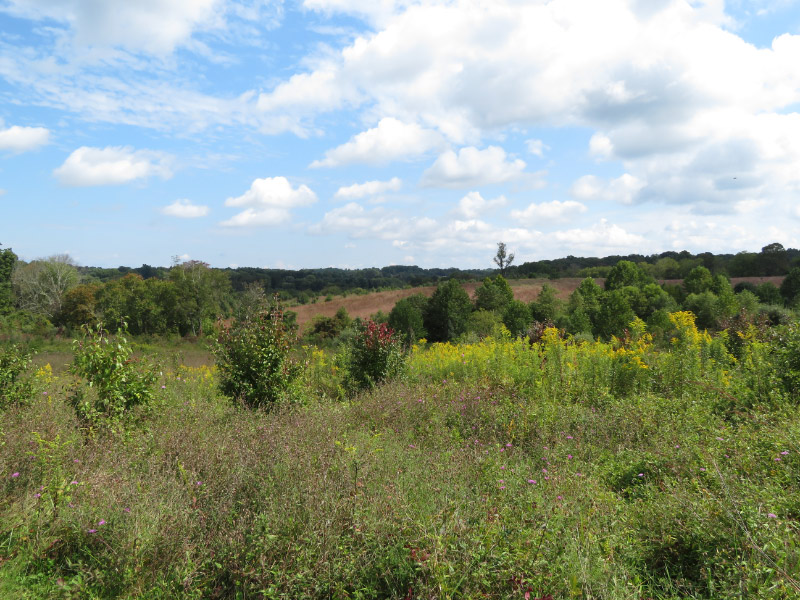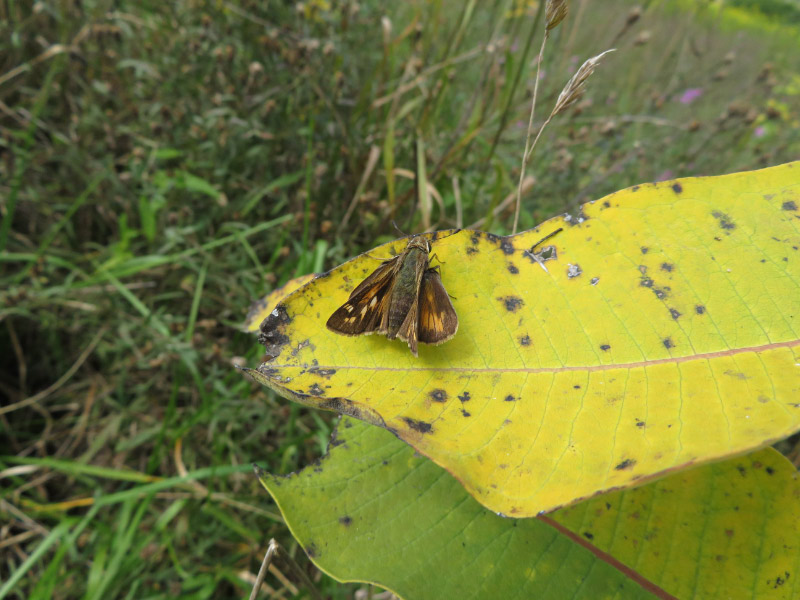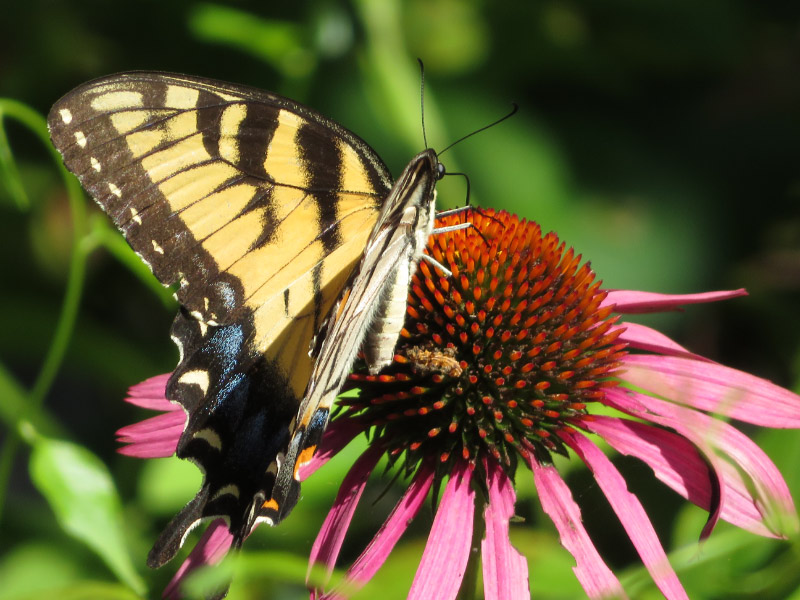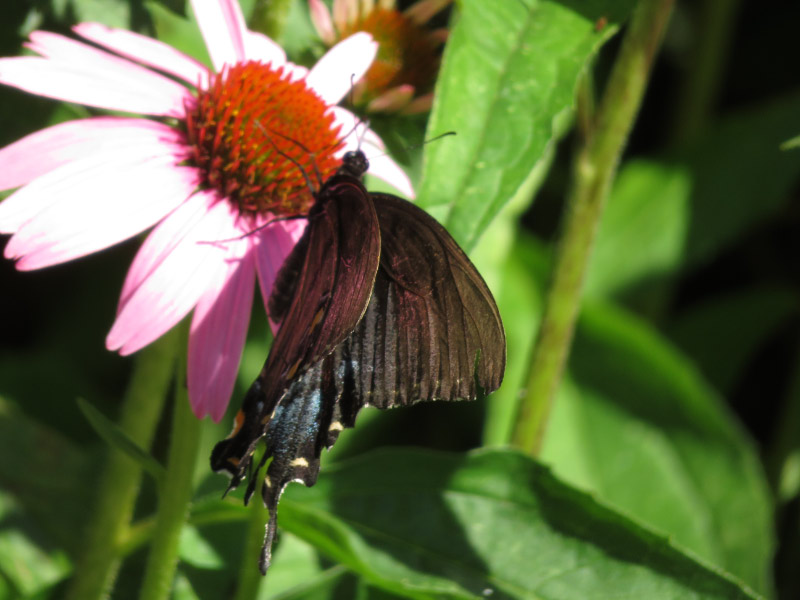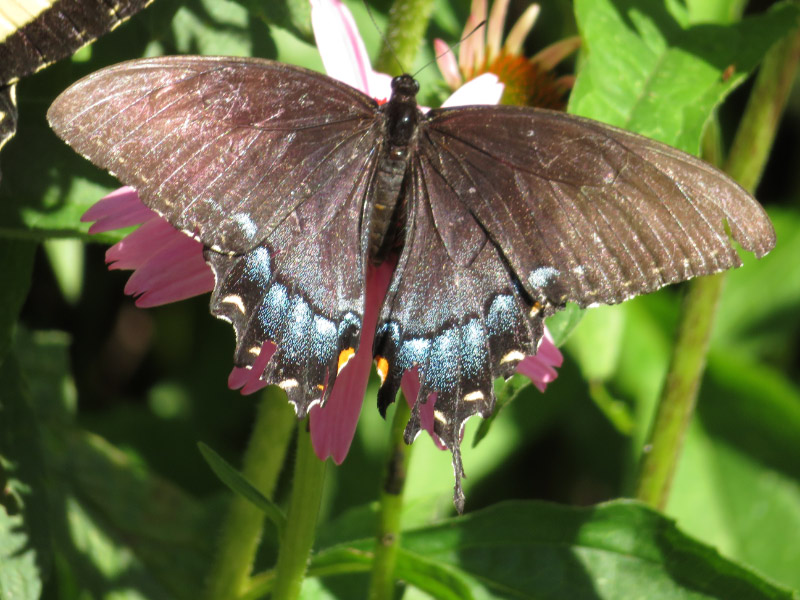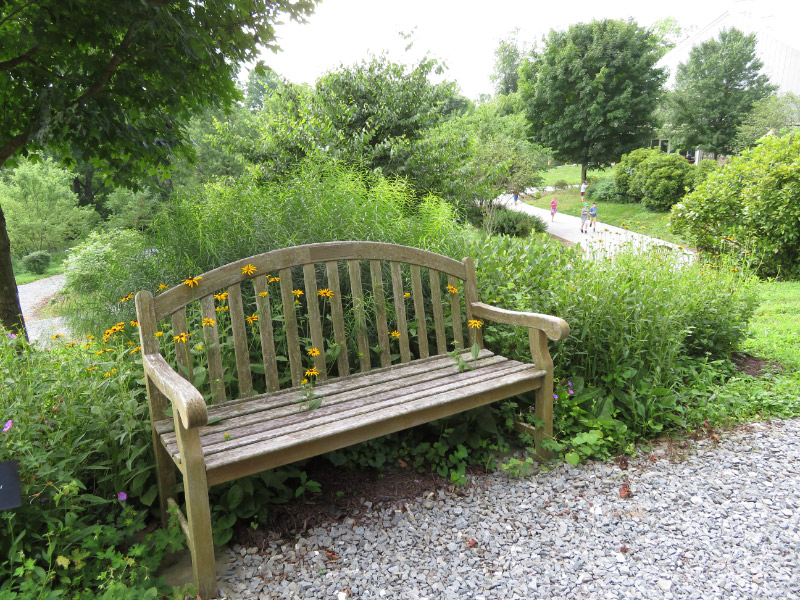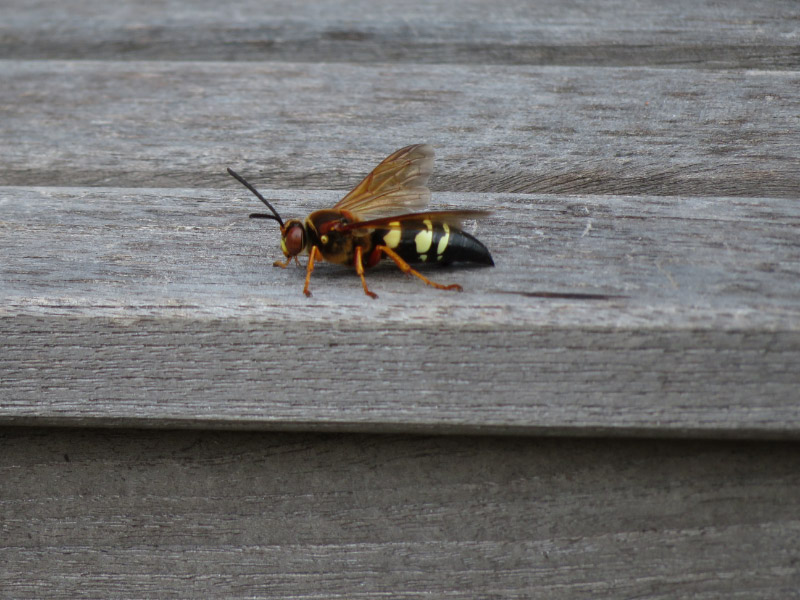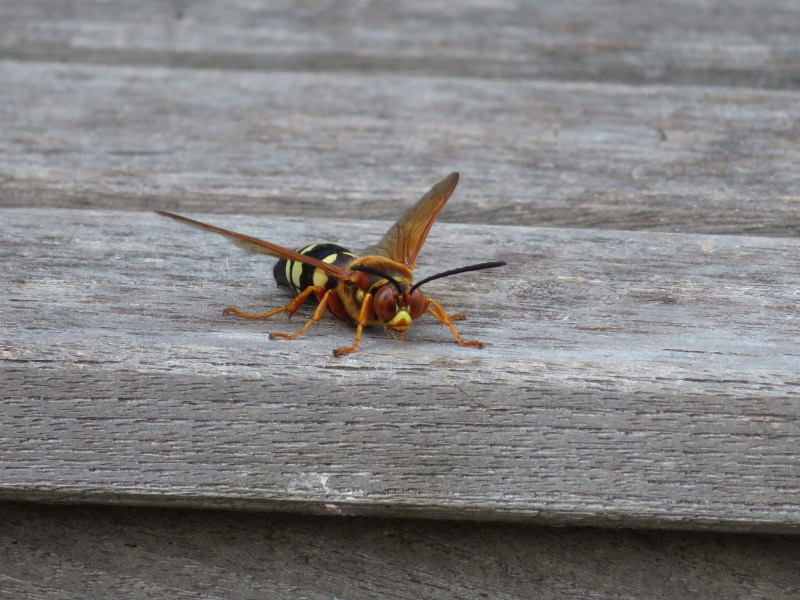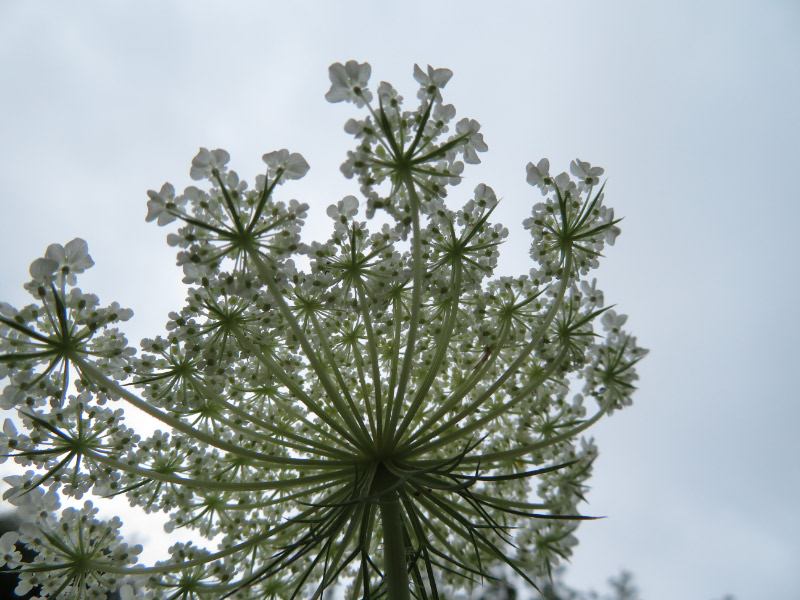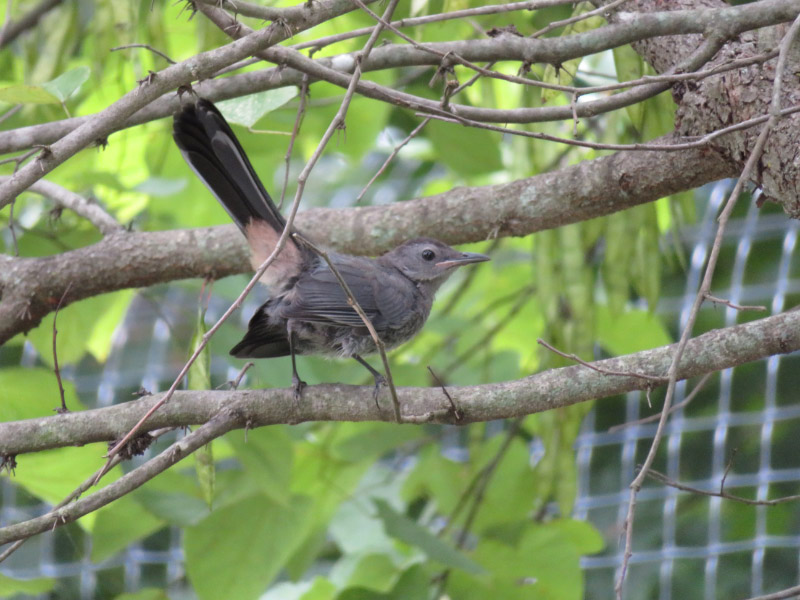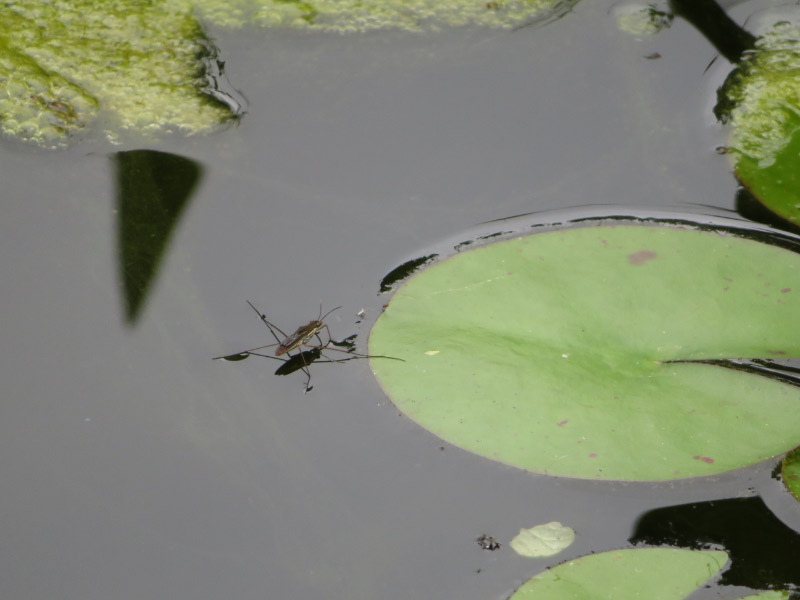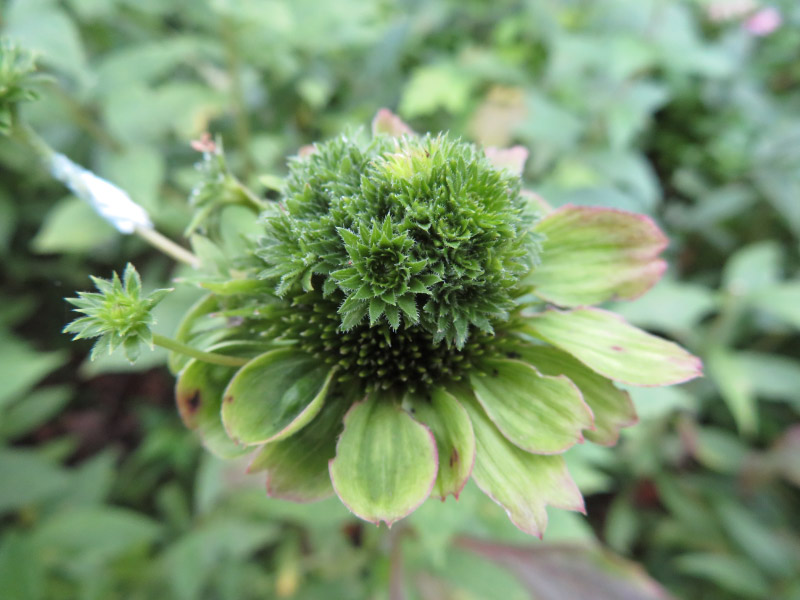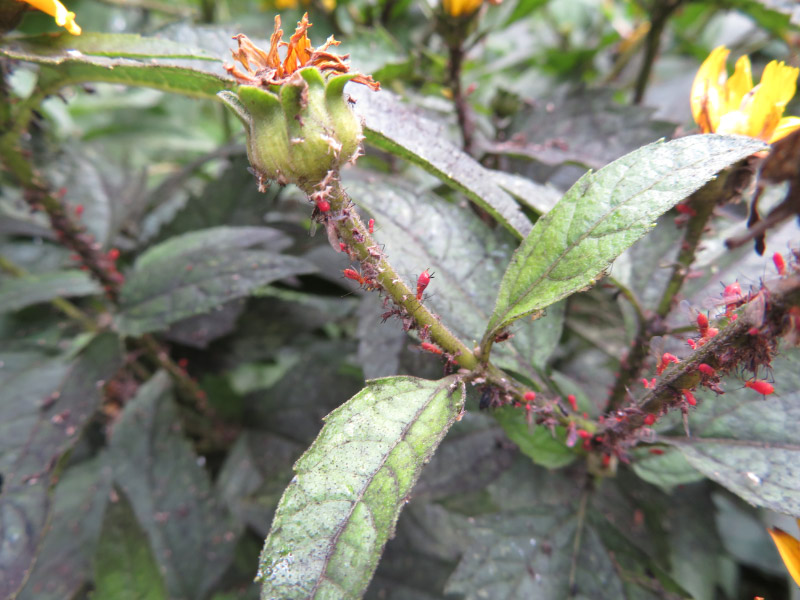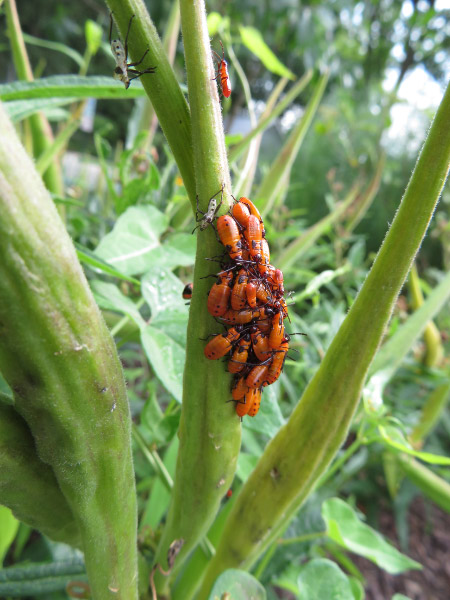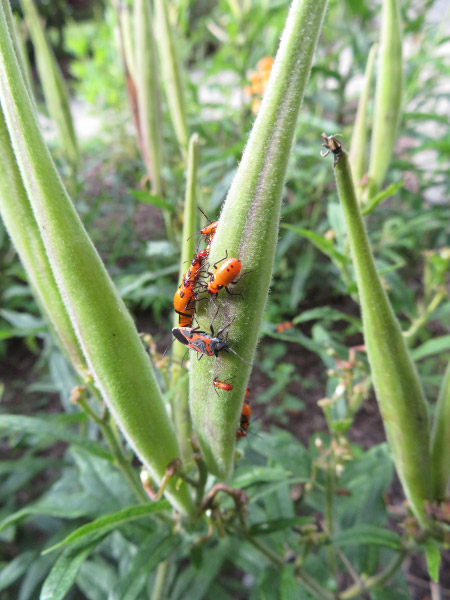The items below were ‘the cream’ of the articles and websites I found this past week. Click on the light green text to look at the article.
Exploring the Parks: White Sands National Monument – Another place I want to return to and spend a bit more time. I’ve been once when we were on the way from Dallas to Tucson. I posted about it back in 2013. We stayed long enough to have a picnic, walk along the boardwalk trail, and photograph cliff swallows at the visitor center.
New Analysis of Depression-Era Fossil Hunt Shows Texas Coast Was Once a 'Serengeti' | Smart News | Smithsonian – Research on collections made by the Works Progress Administration and mostly just stored since the 1940s….Other states than Texas probably have research projects on these collections as well.
IYPT 2019 Elements 020: Calcium: Teeth, bones and cheese | Compound Interest – Another article in the International Year of the Periodic Table series. Did you know that the human body contains about 1 kilogram of calcium?
Image of the Day: High Contrast | The Scientist Magazine® - The milkweed bug! The milkweed is just beginning to come up so I haven’t seen any of these bugs yet this year…but they’ll come out soon enough. I’ll try to remember some of this article next time I see the bug with a group of field trip hikers!
12 Famous Flower Paintings, from Monet to Mondrian – A little eye candy. Notice that there are insects with the flowers in the Ambrosius Bosschaert painting.
An invasive, thorny tree is taking over Africa – can it be stopped? – It’s not just the US that has problems with invasive plants and animals brought from elsewhere in the world. The Mesquite tree that is problematic in Africa came from South America.
Top 25 Wild Bird Photographs of the week: April and Waterbirds – Catching up a little on the series…two this week and there are still some left for the next gleanings collection.
‘Exquisitely Preserved’ Skin Impressions Found in Dinosaur Footprints | Smart News | Smithsonian – The prints are from a small theropod. Not only do they show the impression left by skin…they also indicate the dinosaur was in Korea earlier than previously thought (10-20 million years earlier).
Electric Cars Could Be as Affordable as Conventional Vehicles in Just Three Years - Yale E360 – EV technologies are developing rapidly. In 2015, batteries made up 57% of the EV total cost; today it’s down to 33% and by 2025 the projection is 2025. I know that I have enjoyed my plug-in-hybrid and that my next car will probably be an EV.
Clean Tech Jobs Lead Employment Statistics in Many US States | CleanTechnica – The map is worth the look. Solar panel installer or wind turbine service technician is the fastest growing type of job in 11 states!

